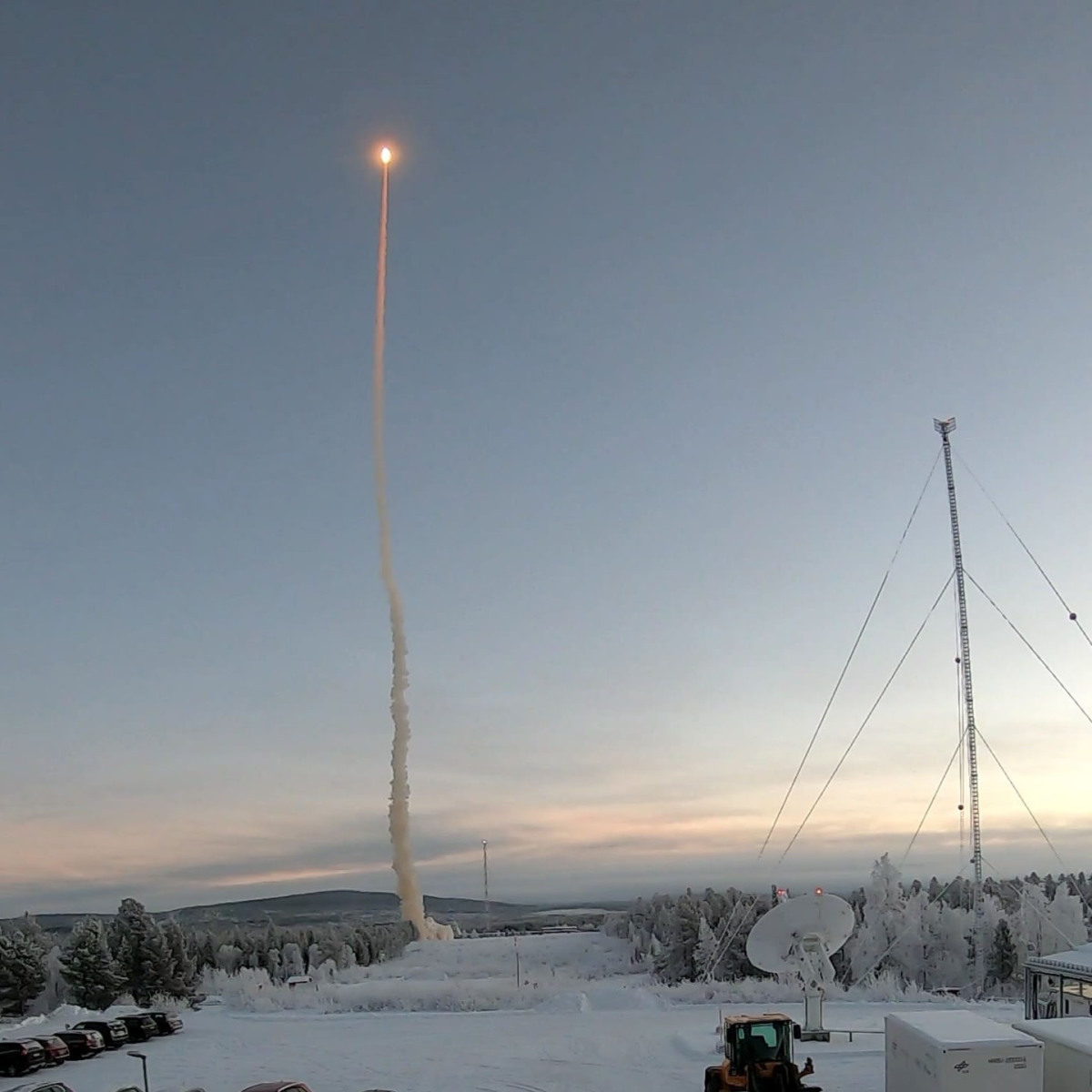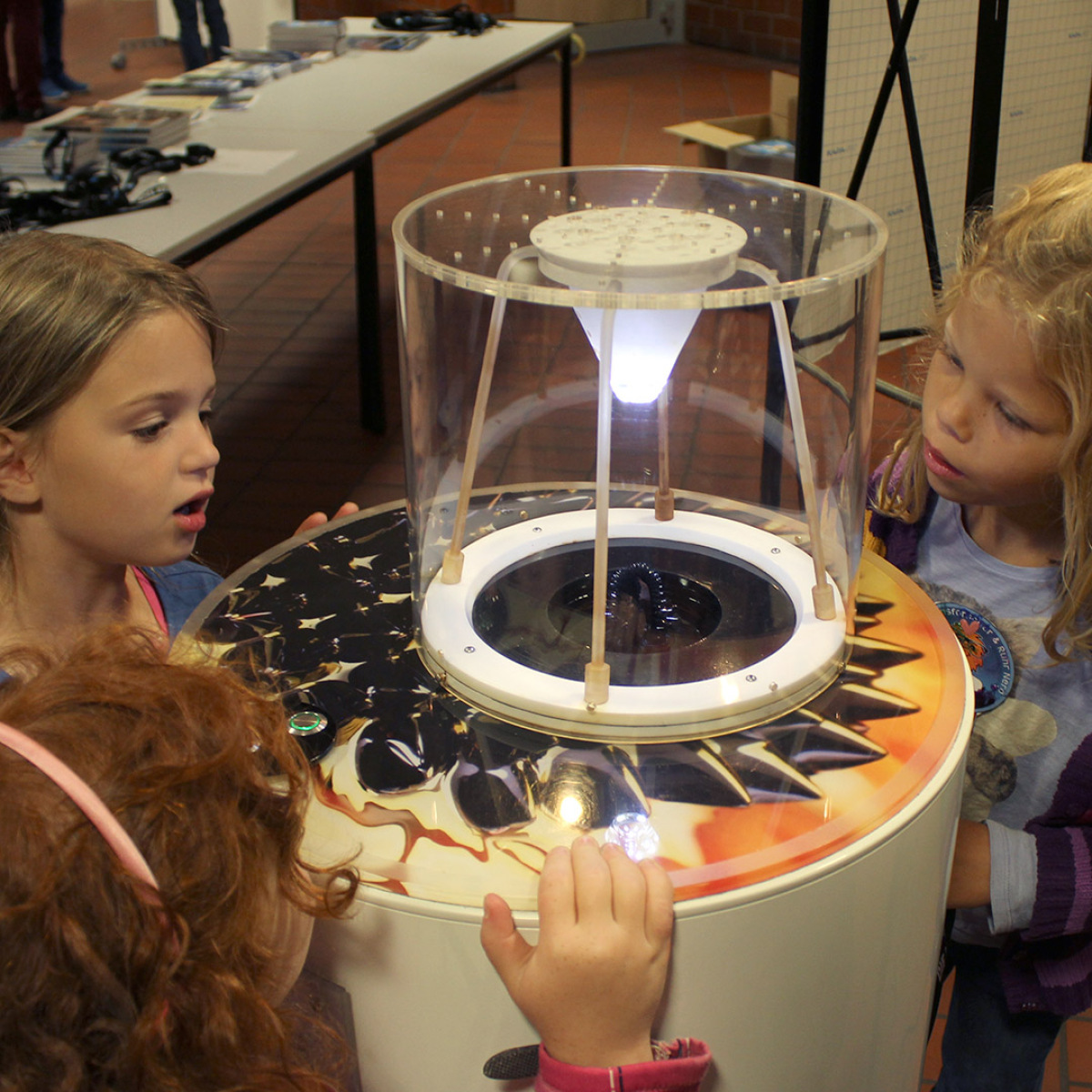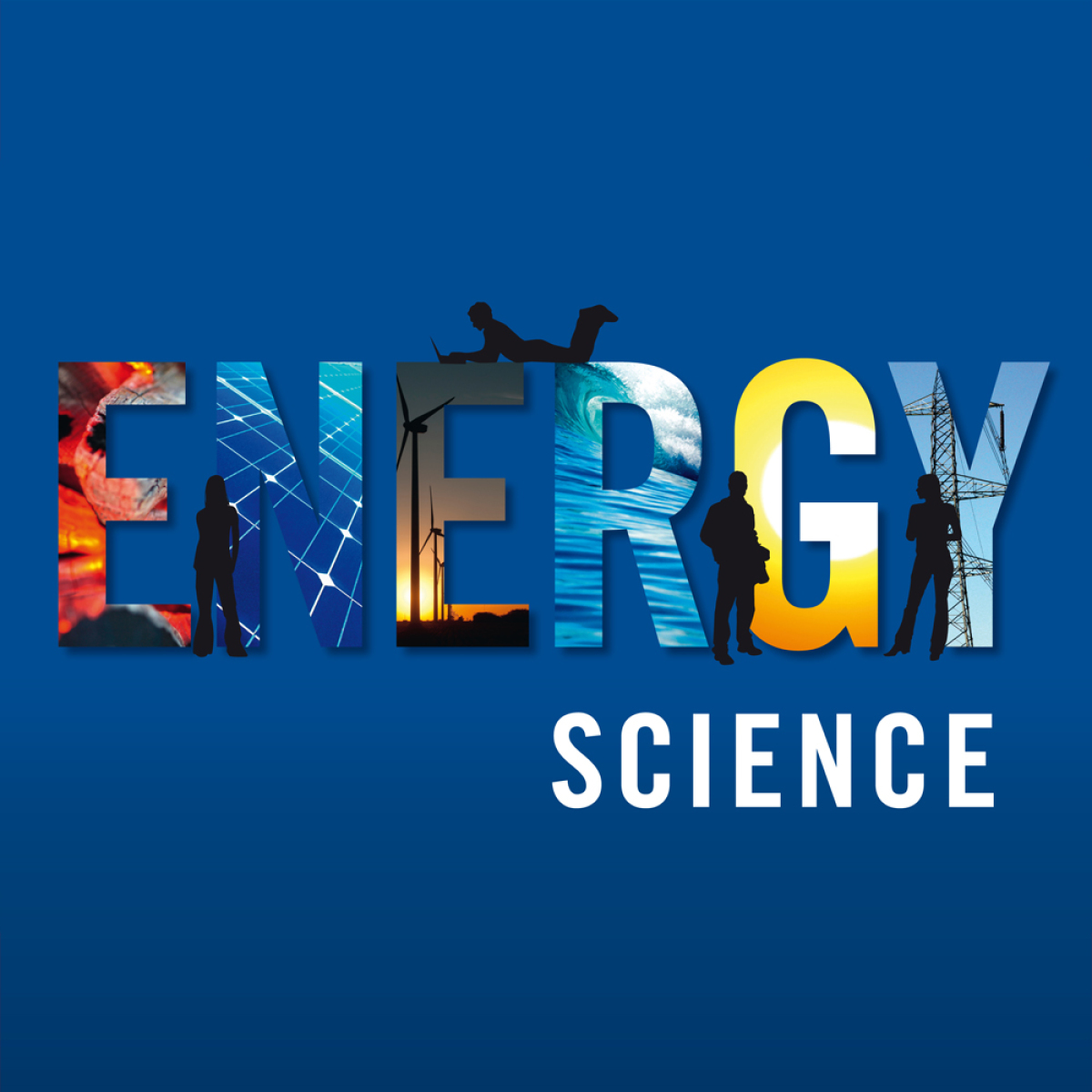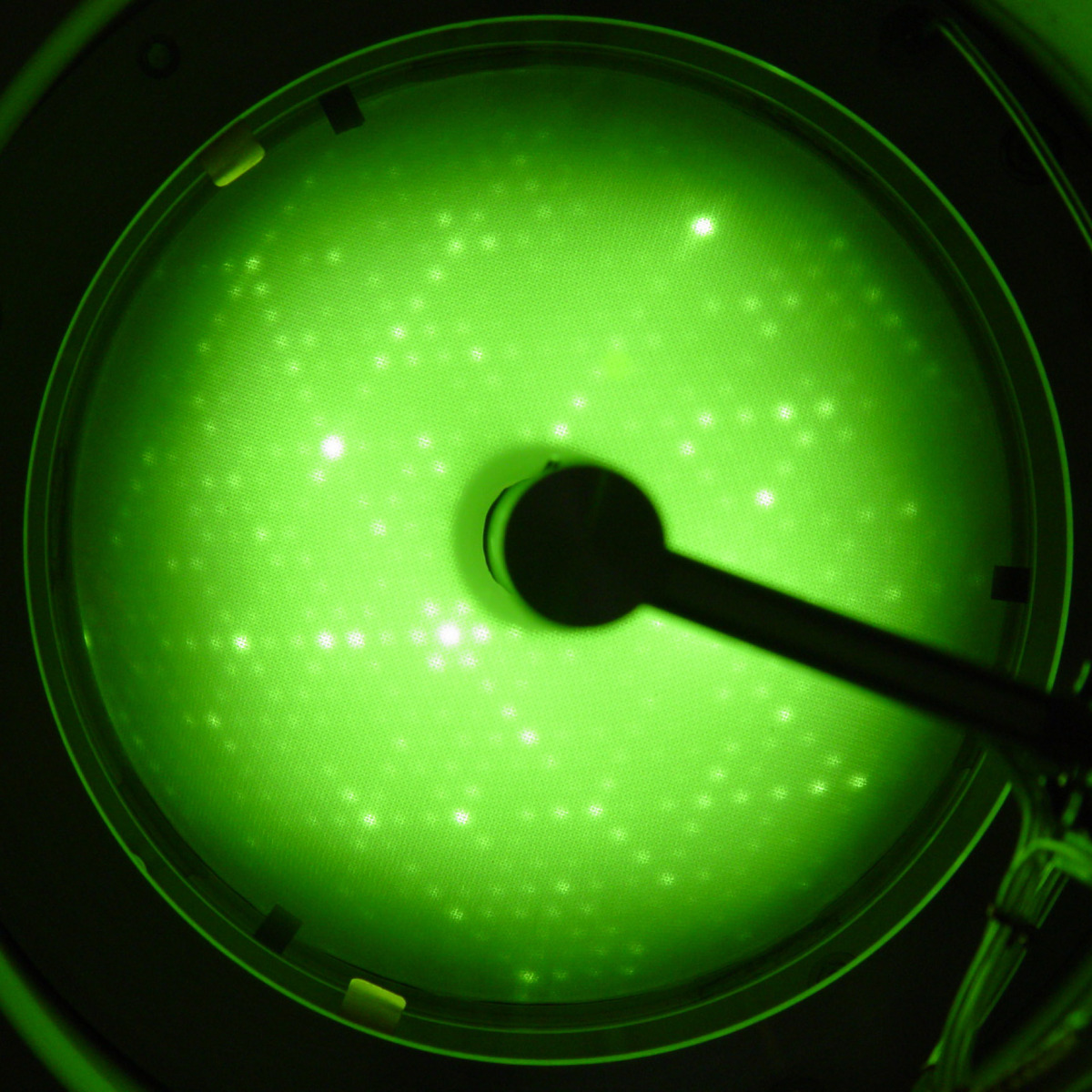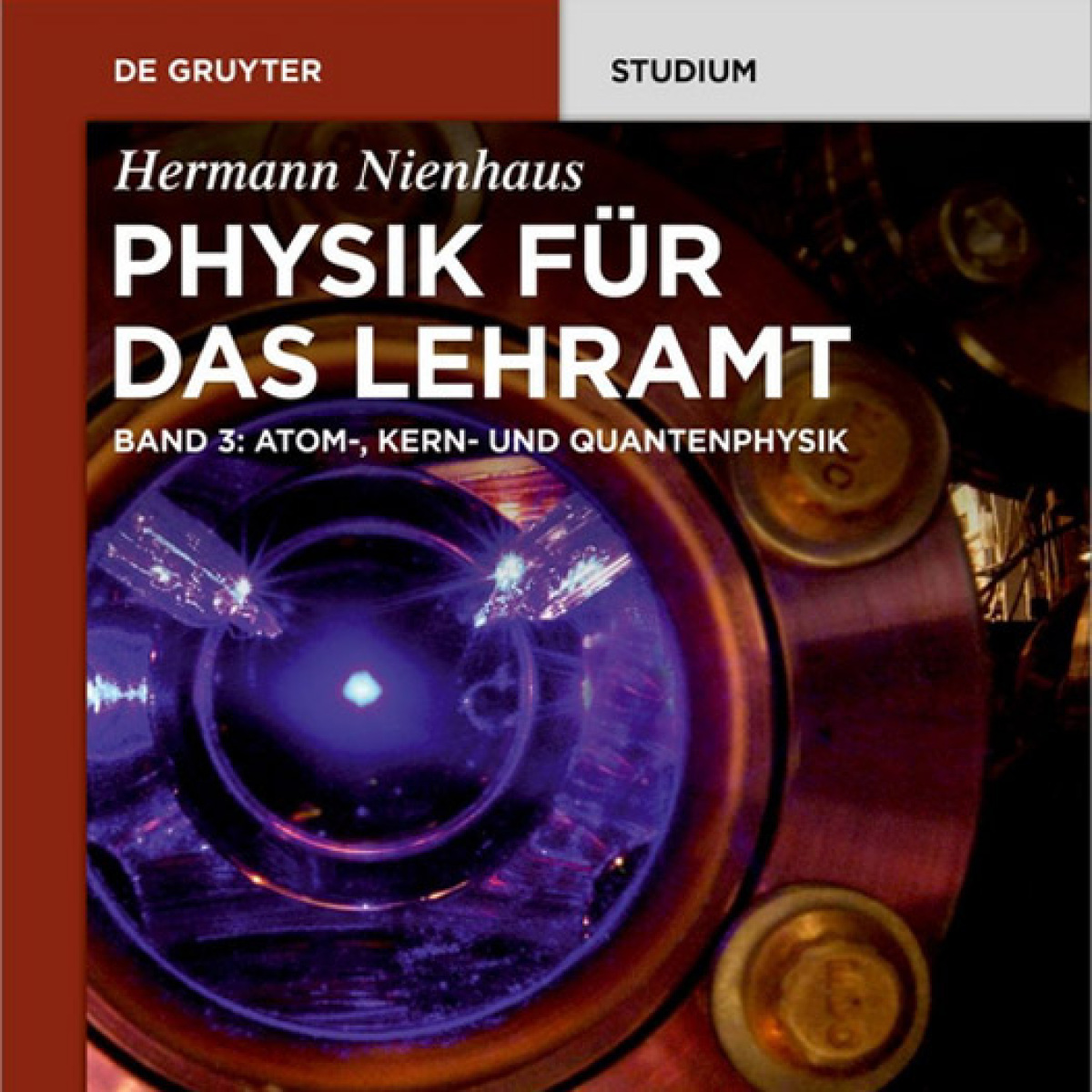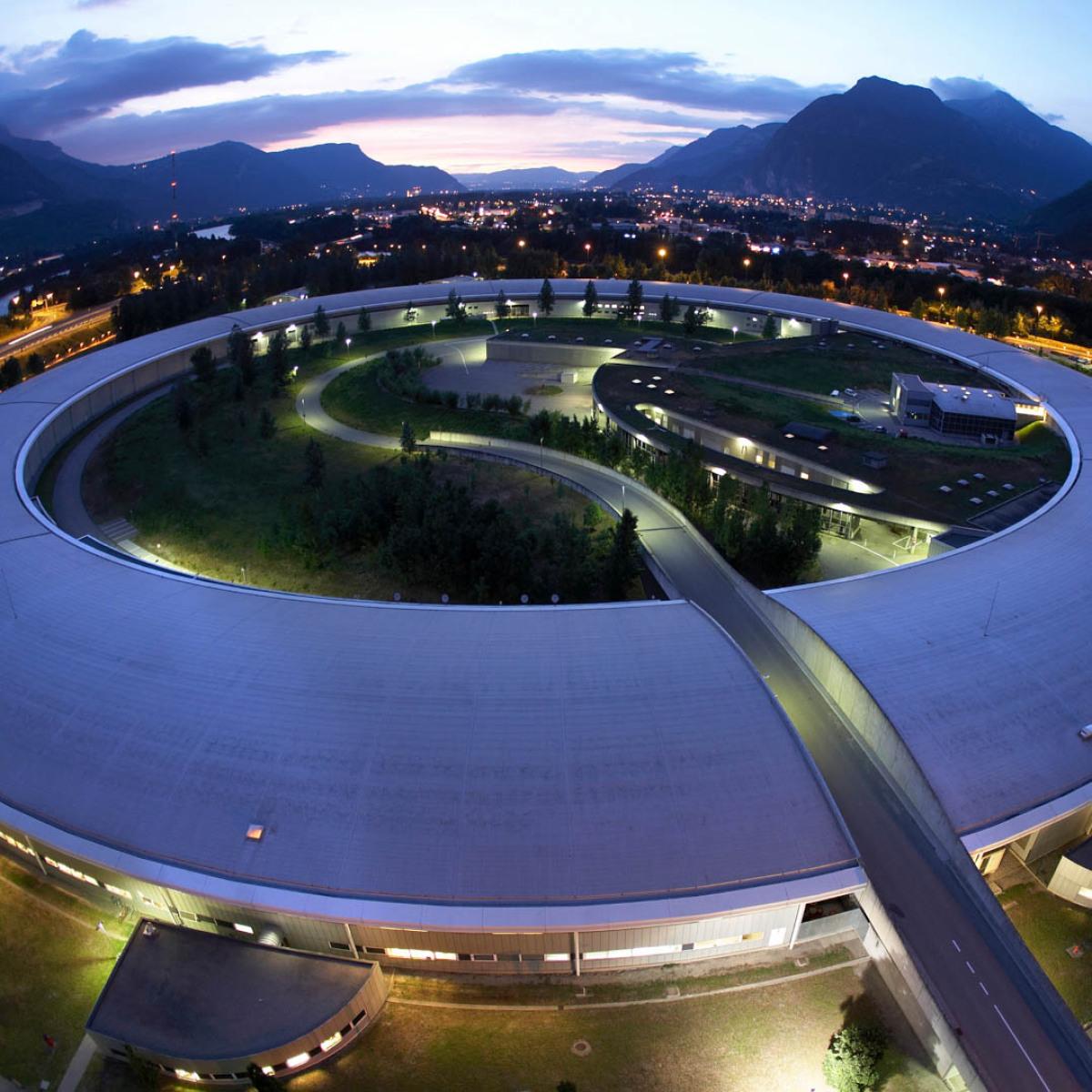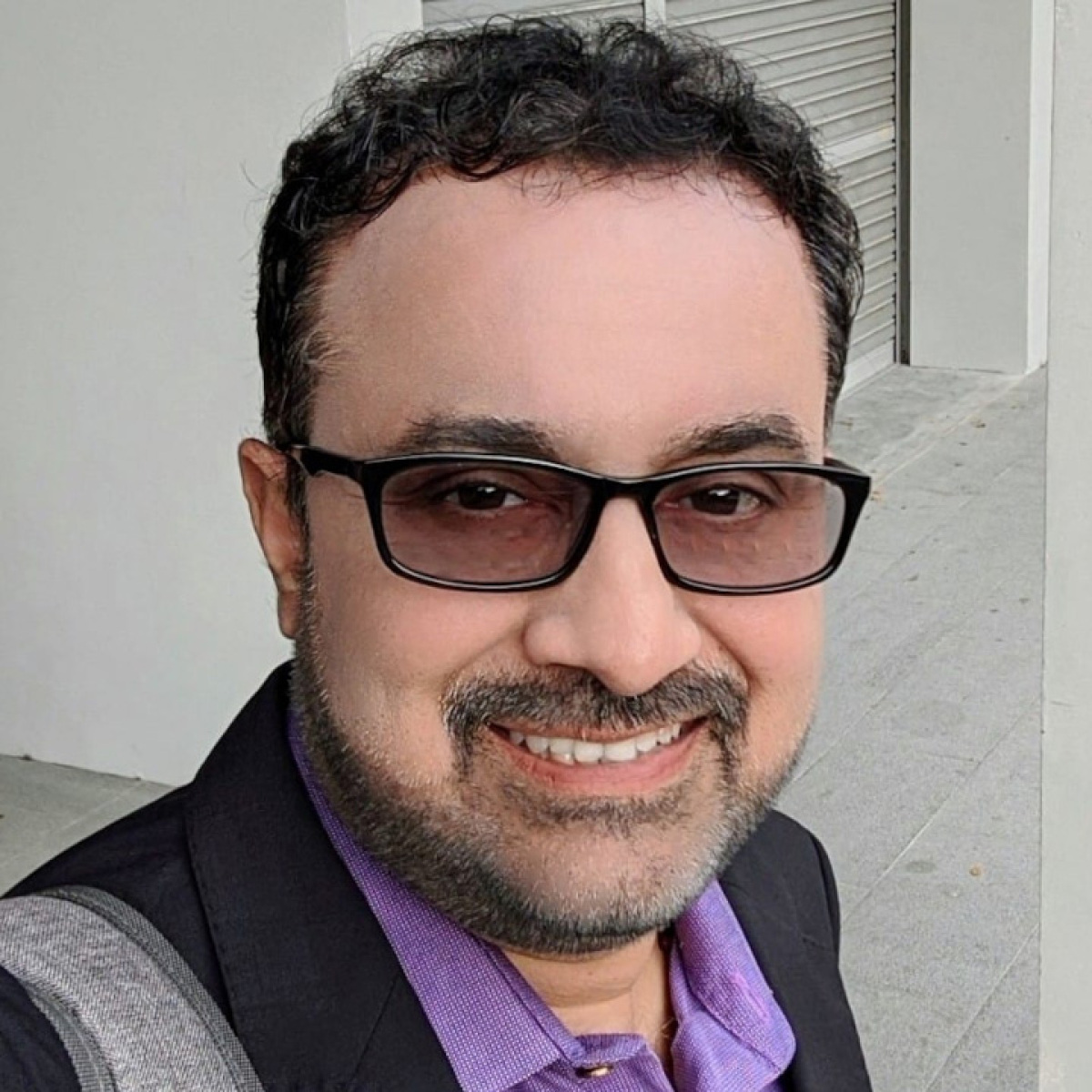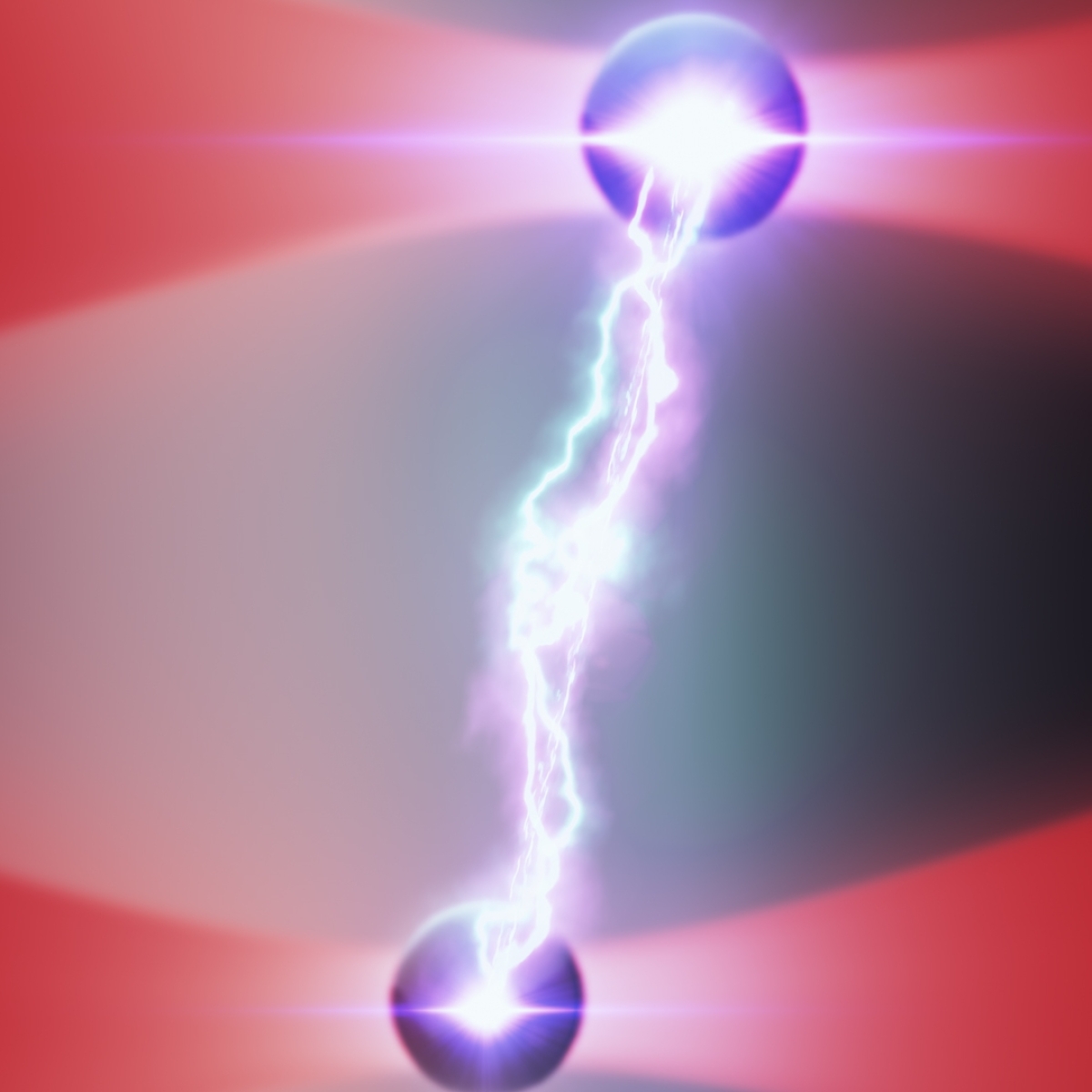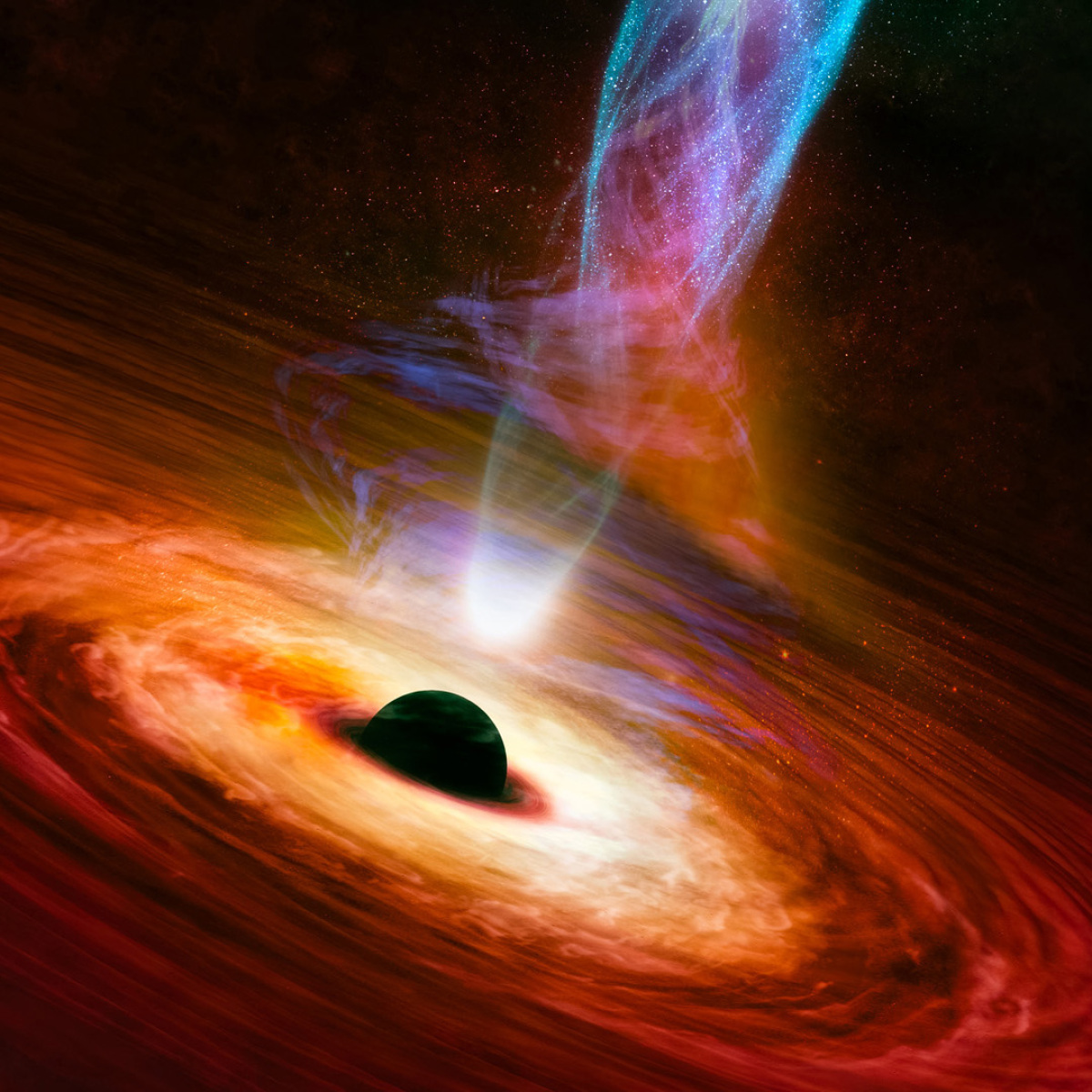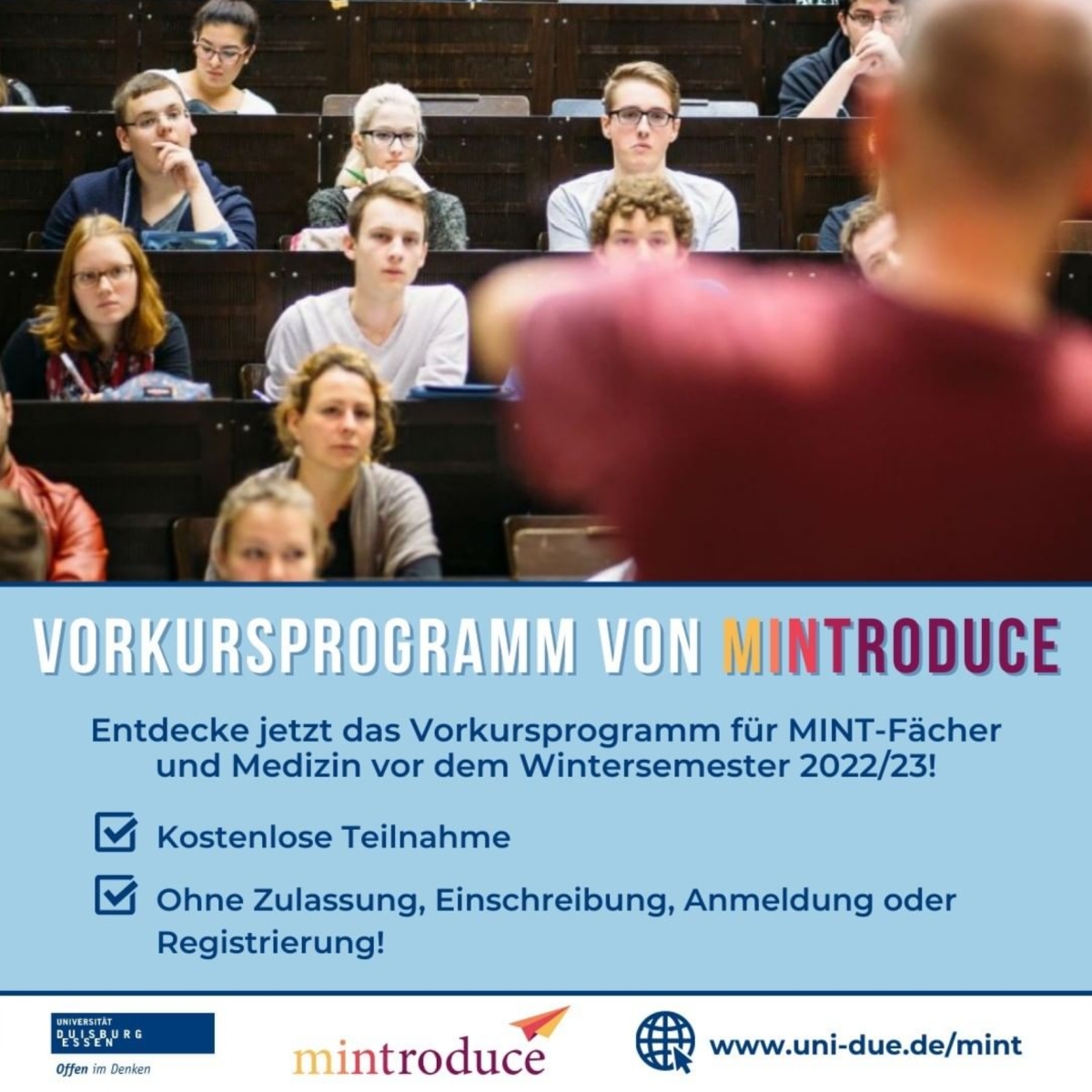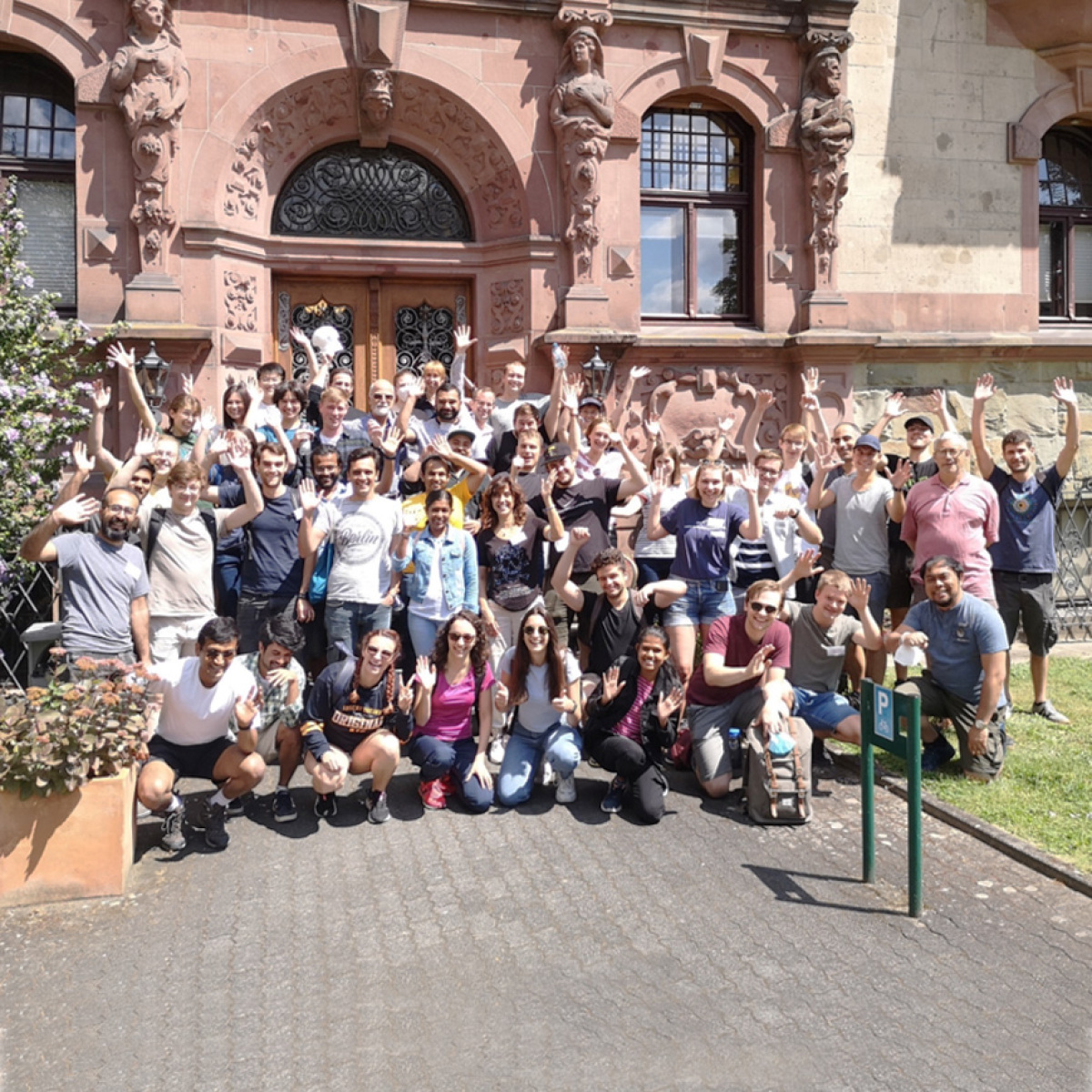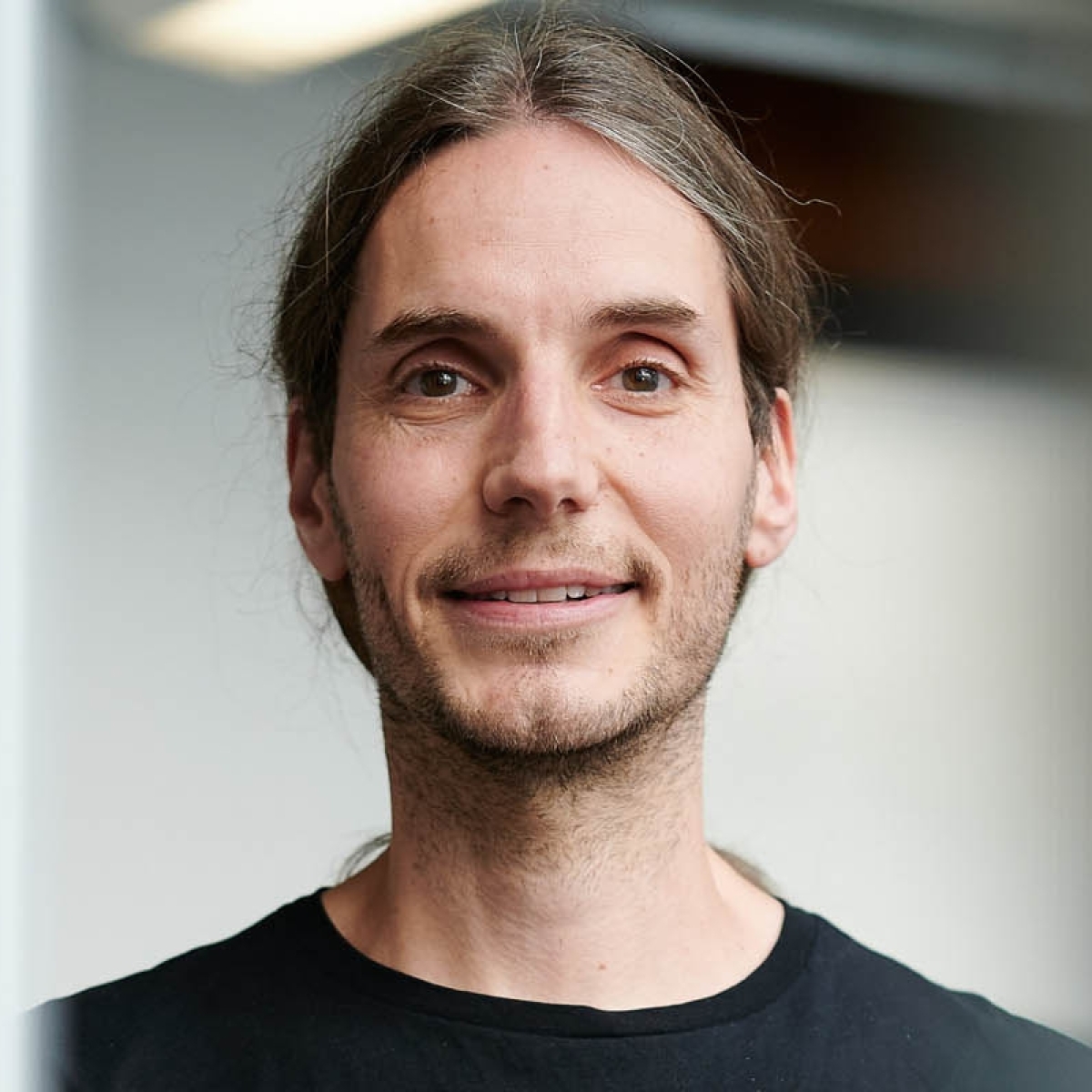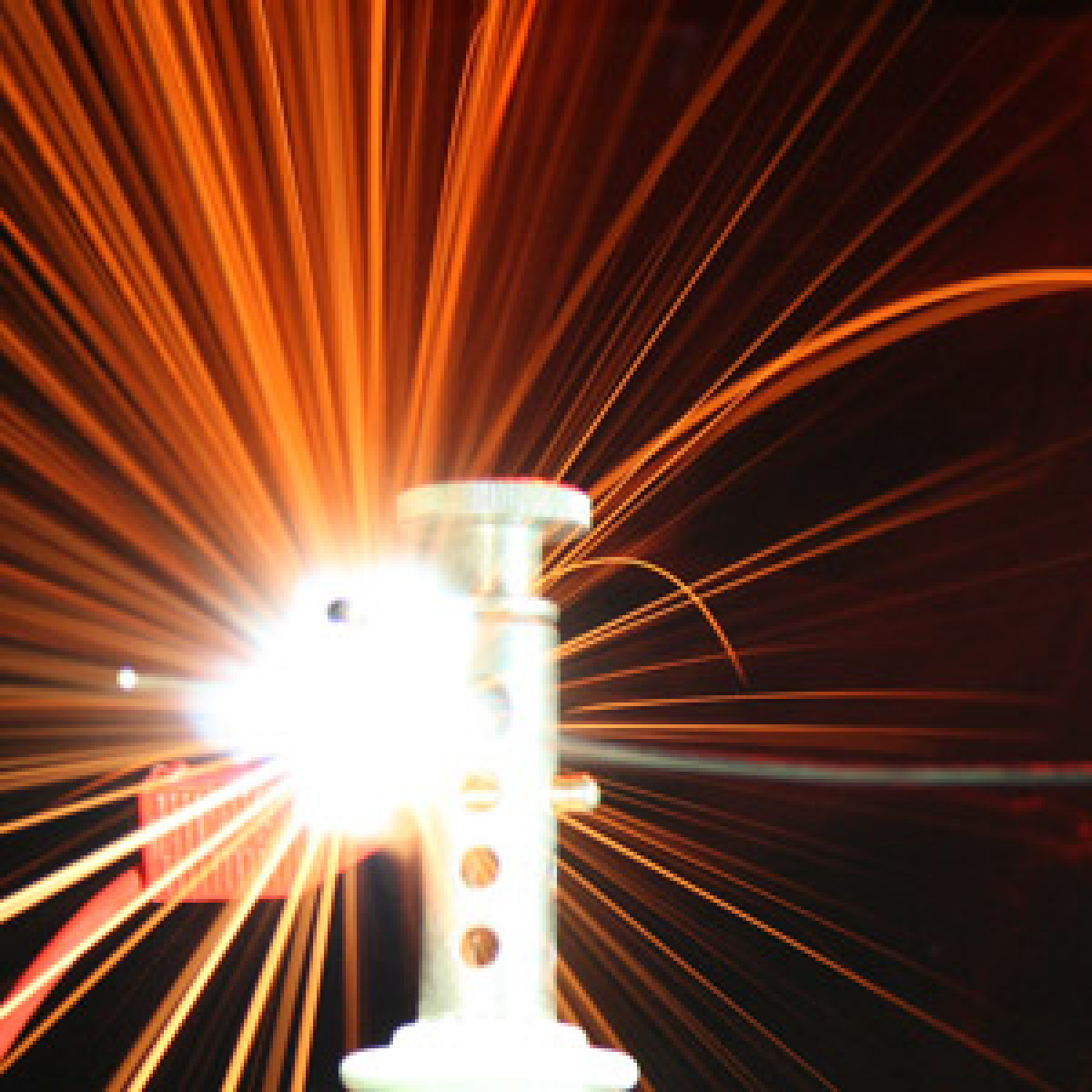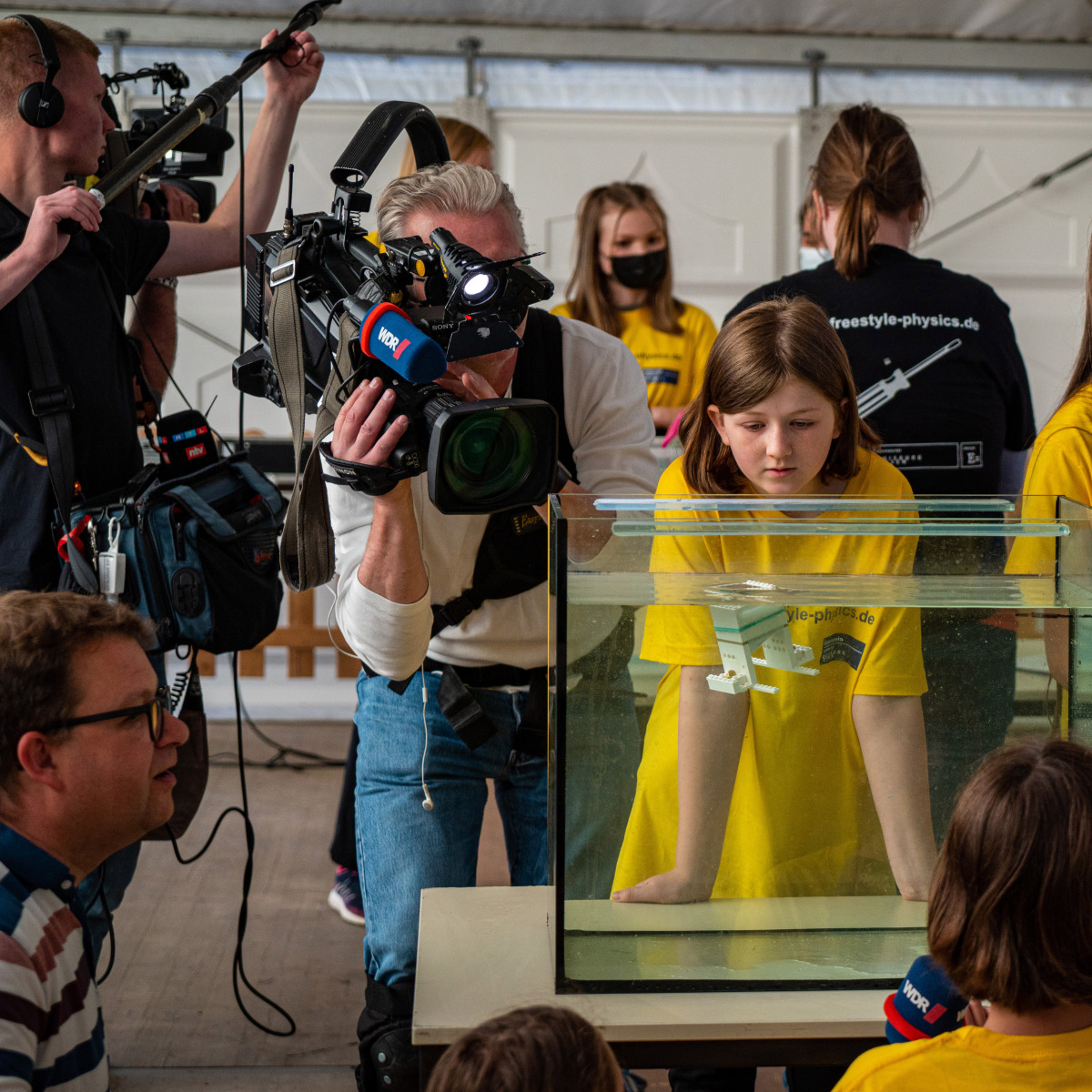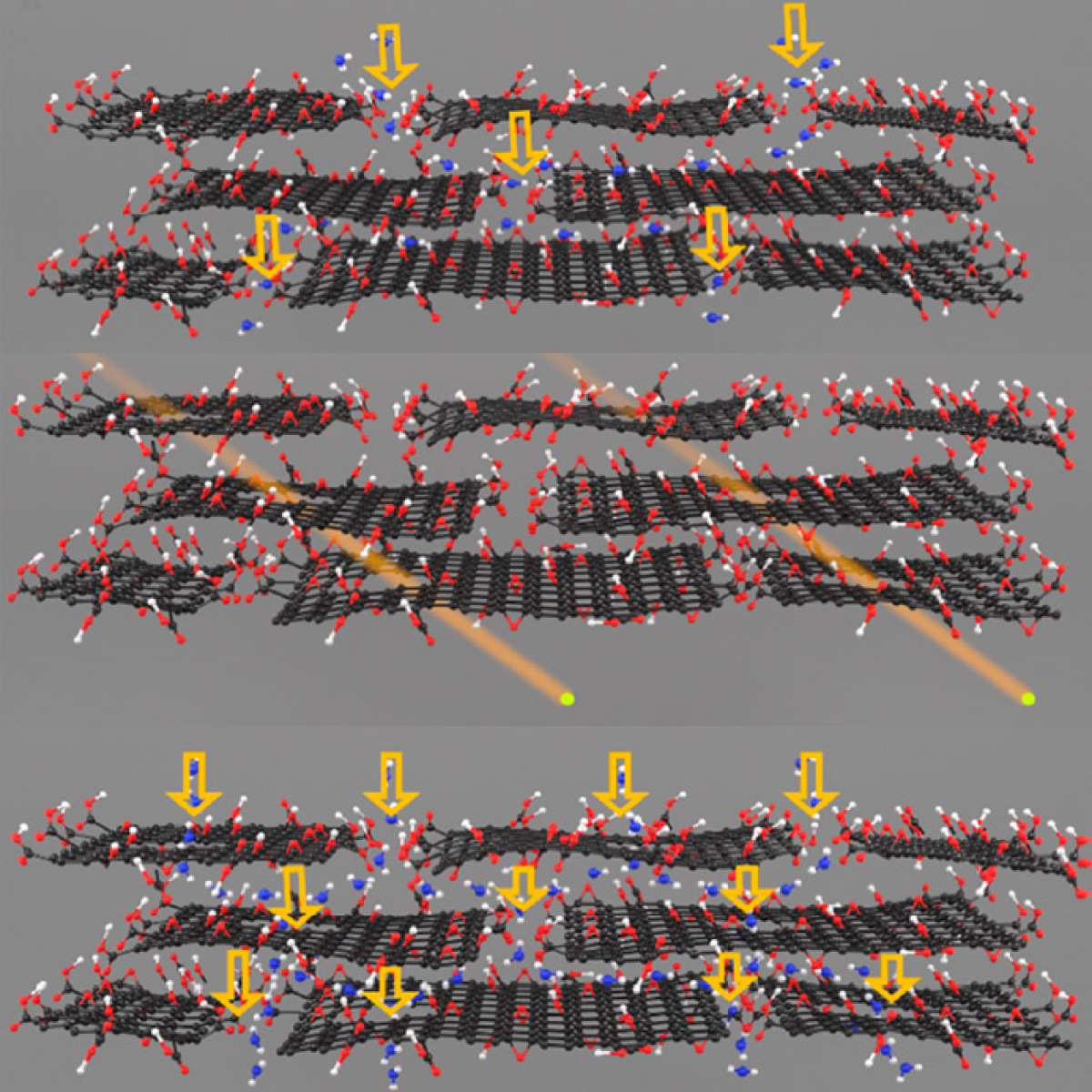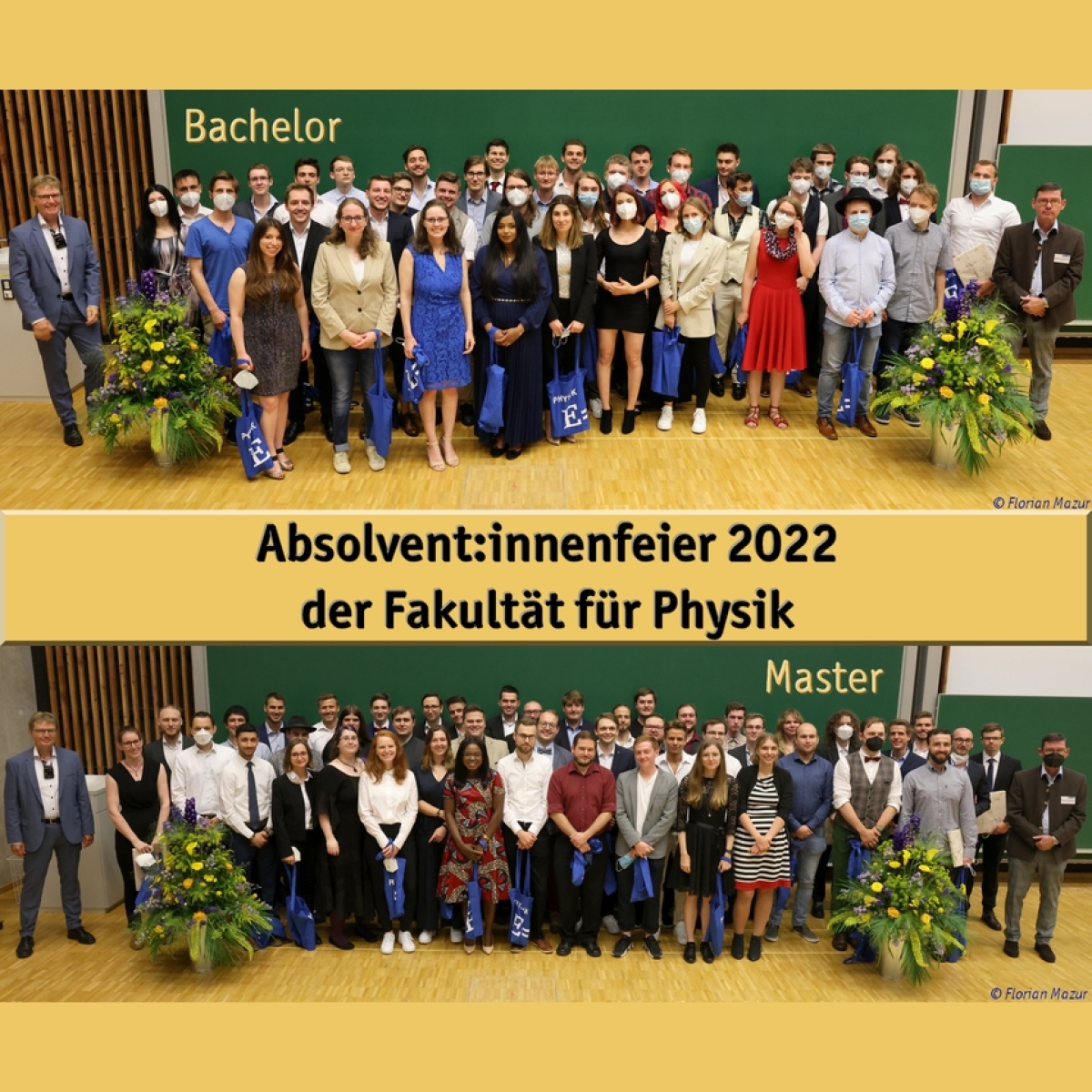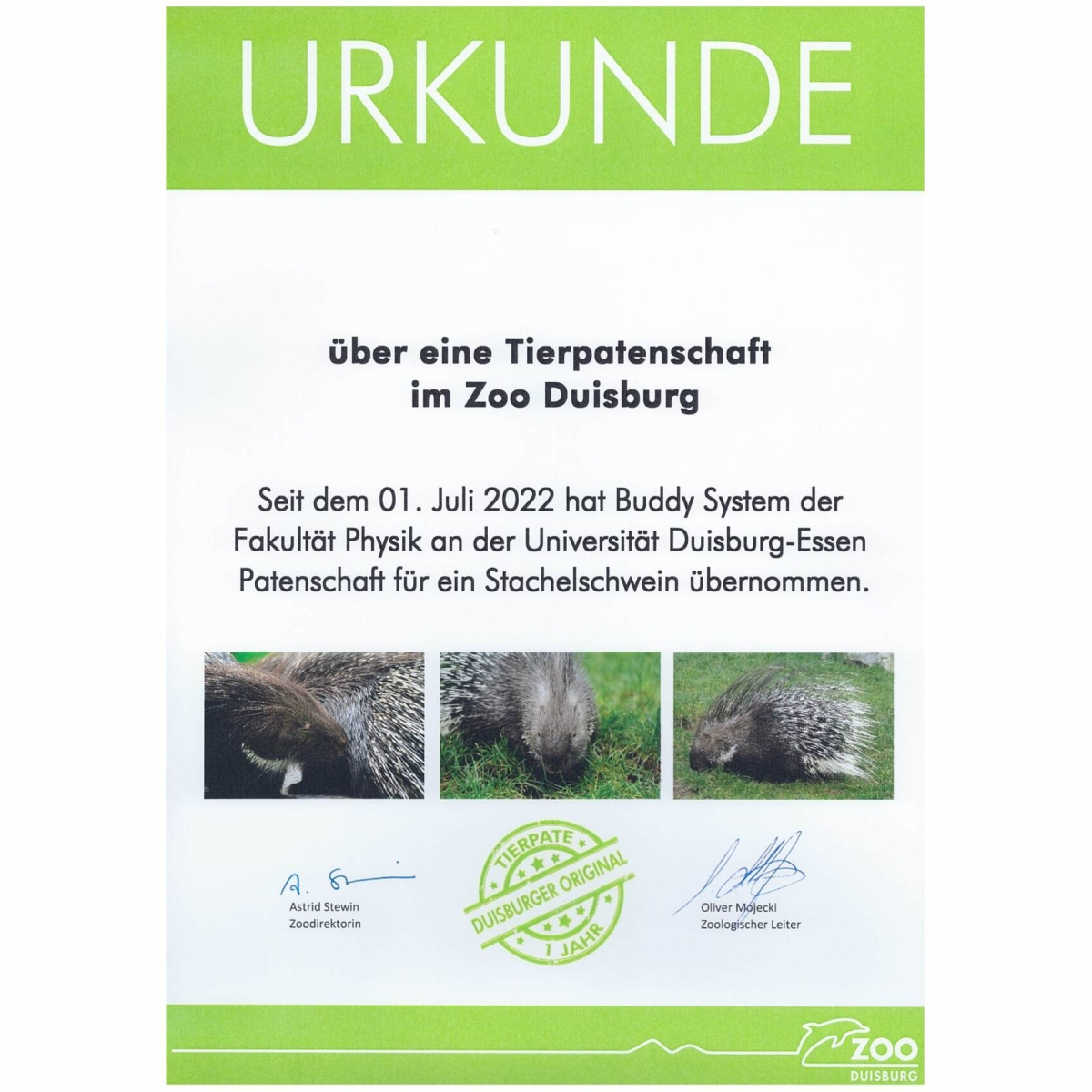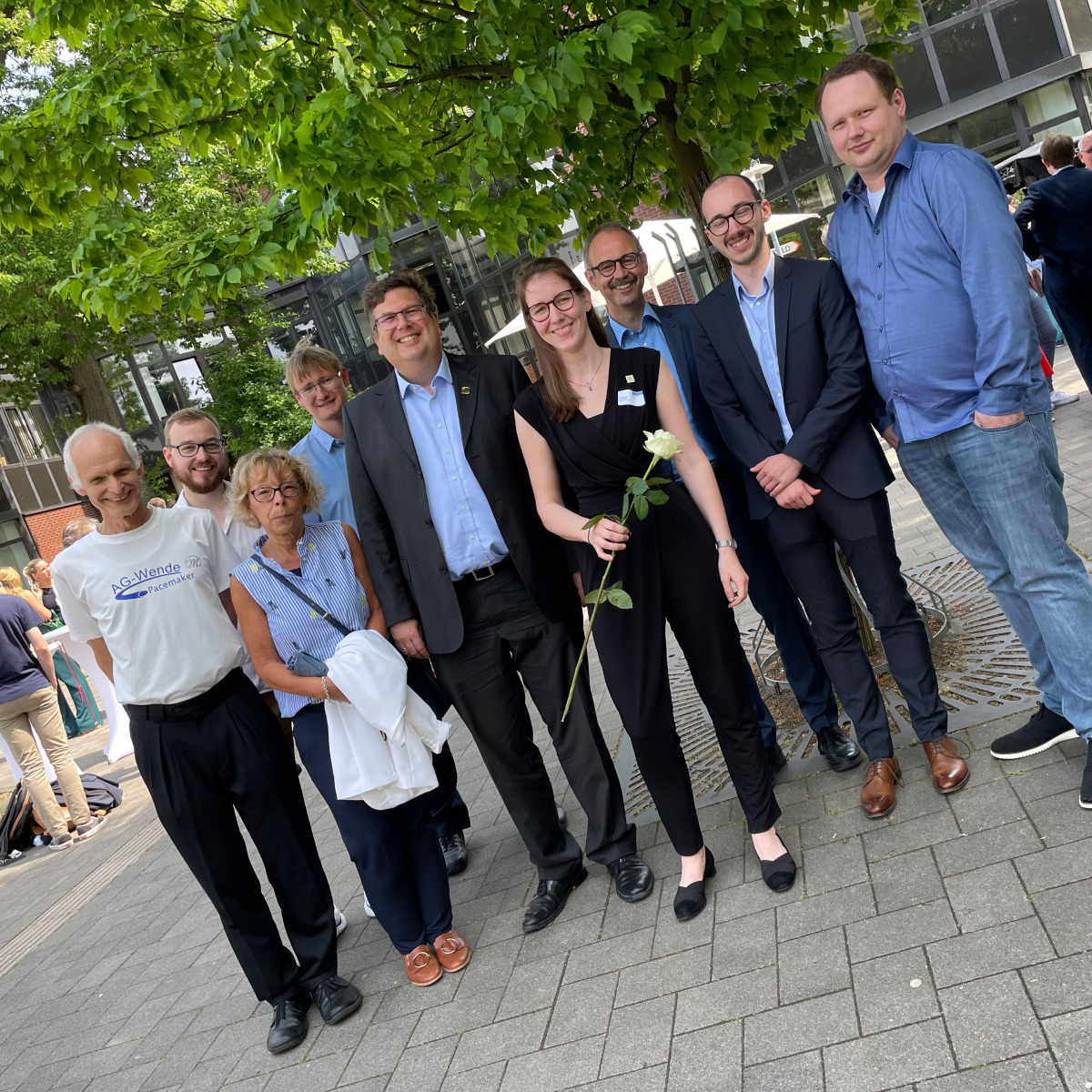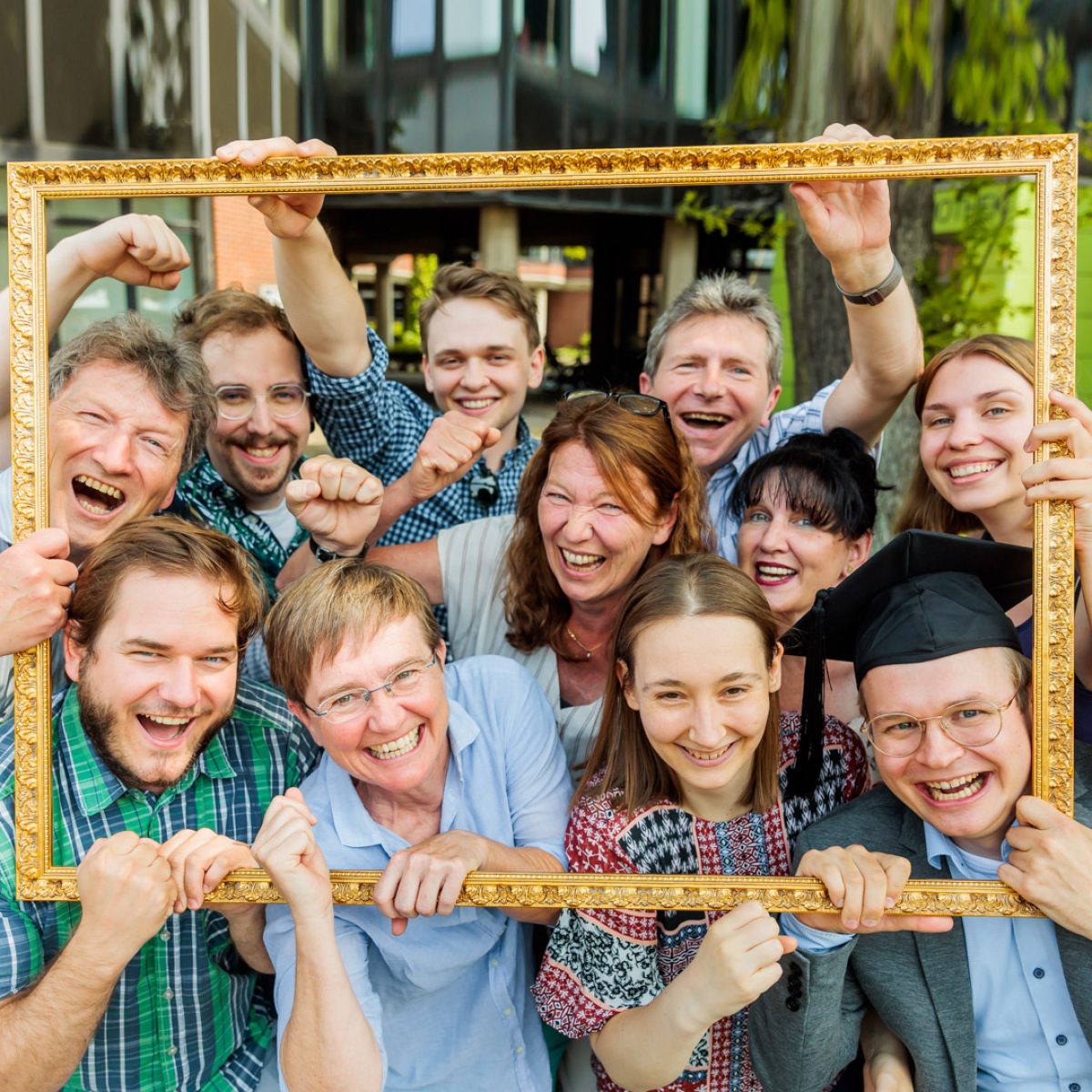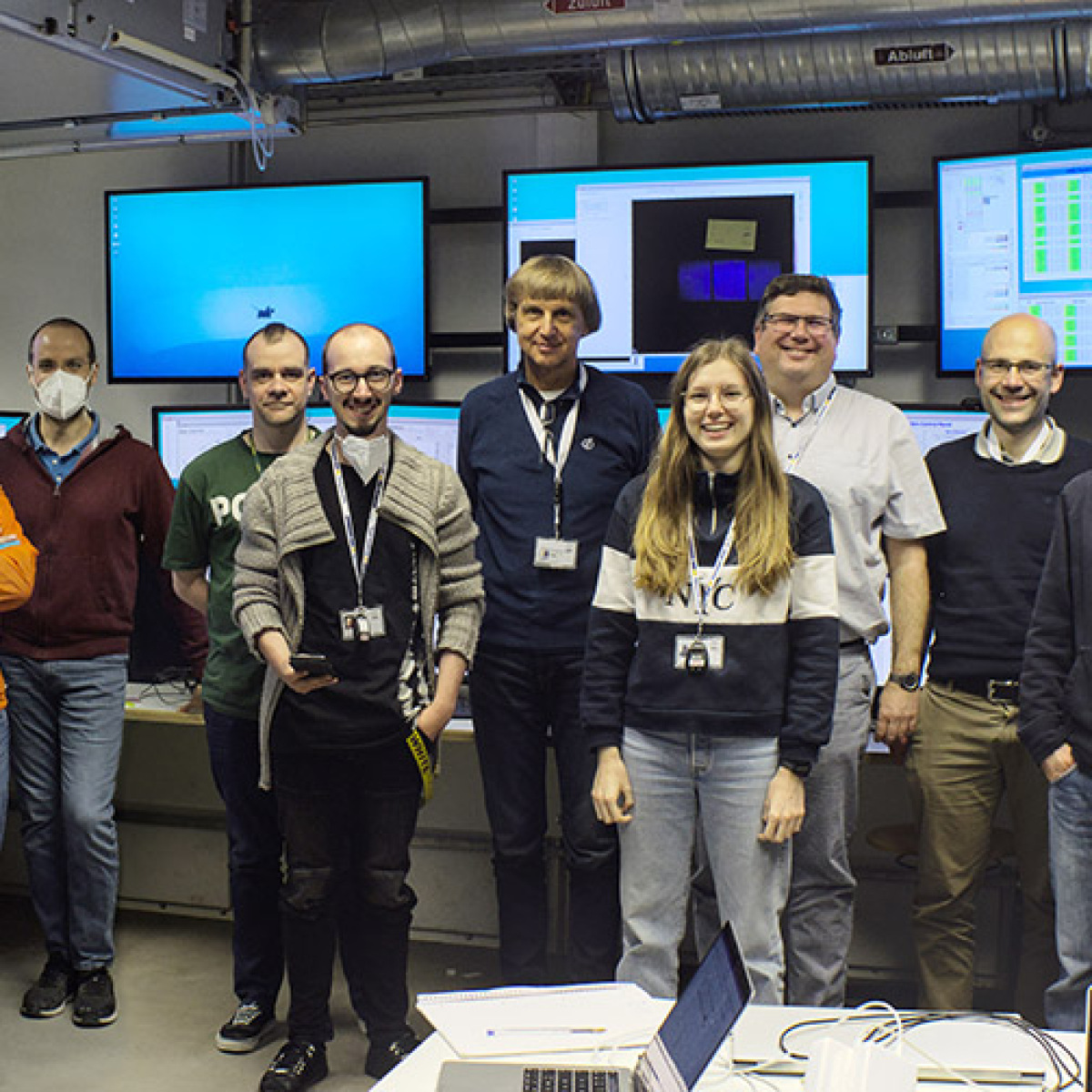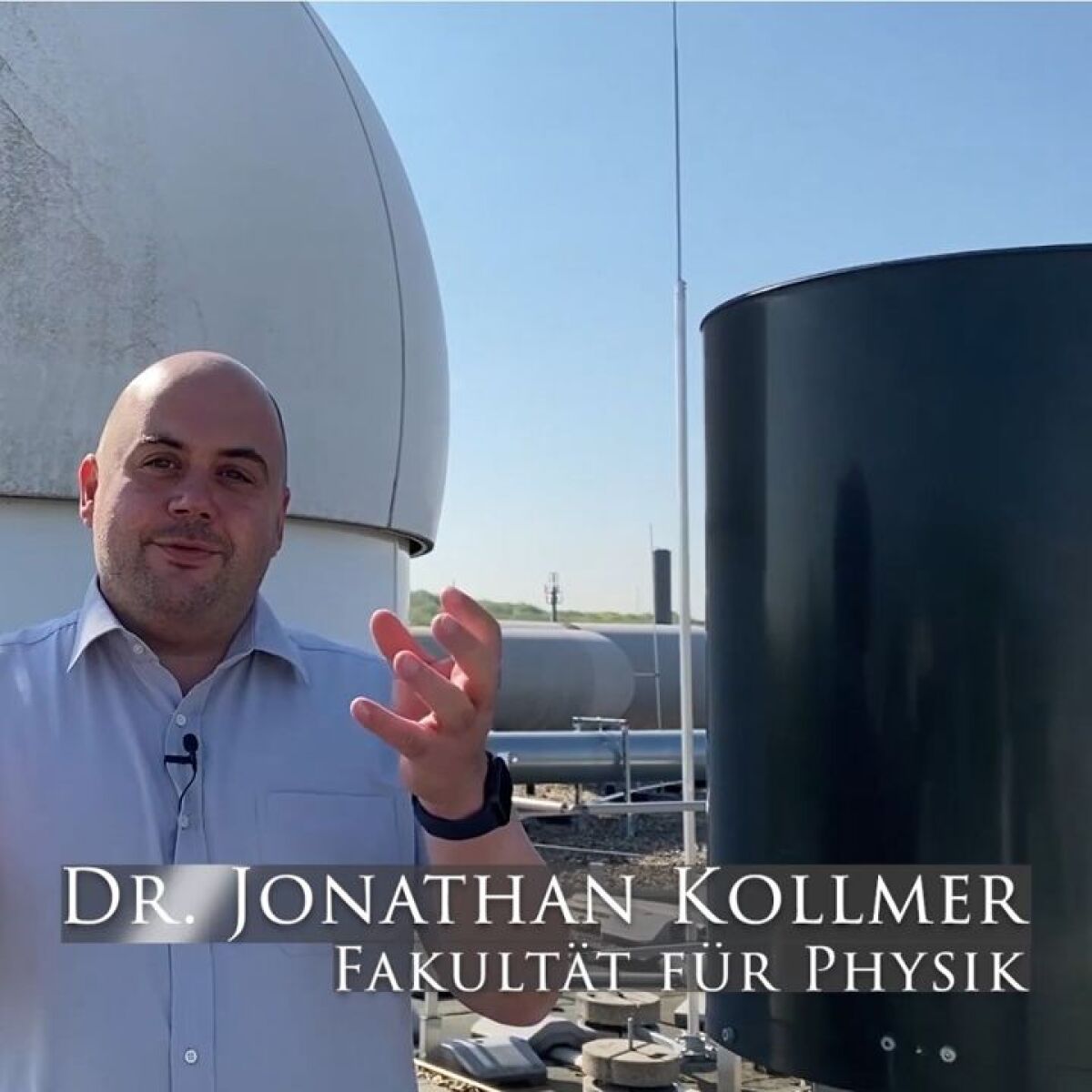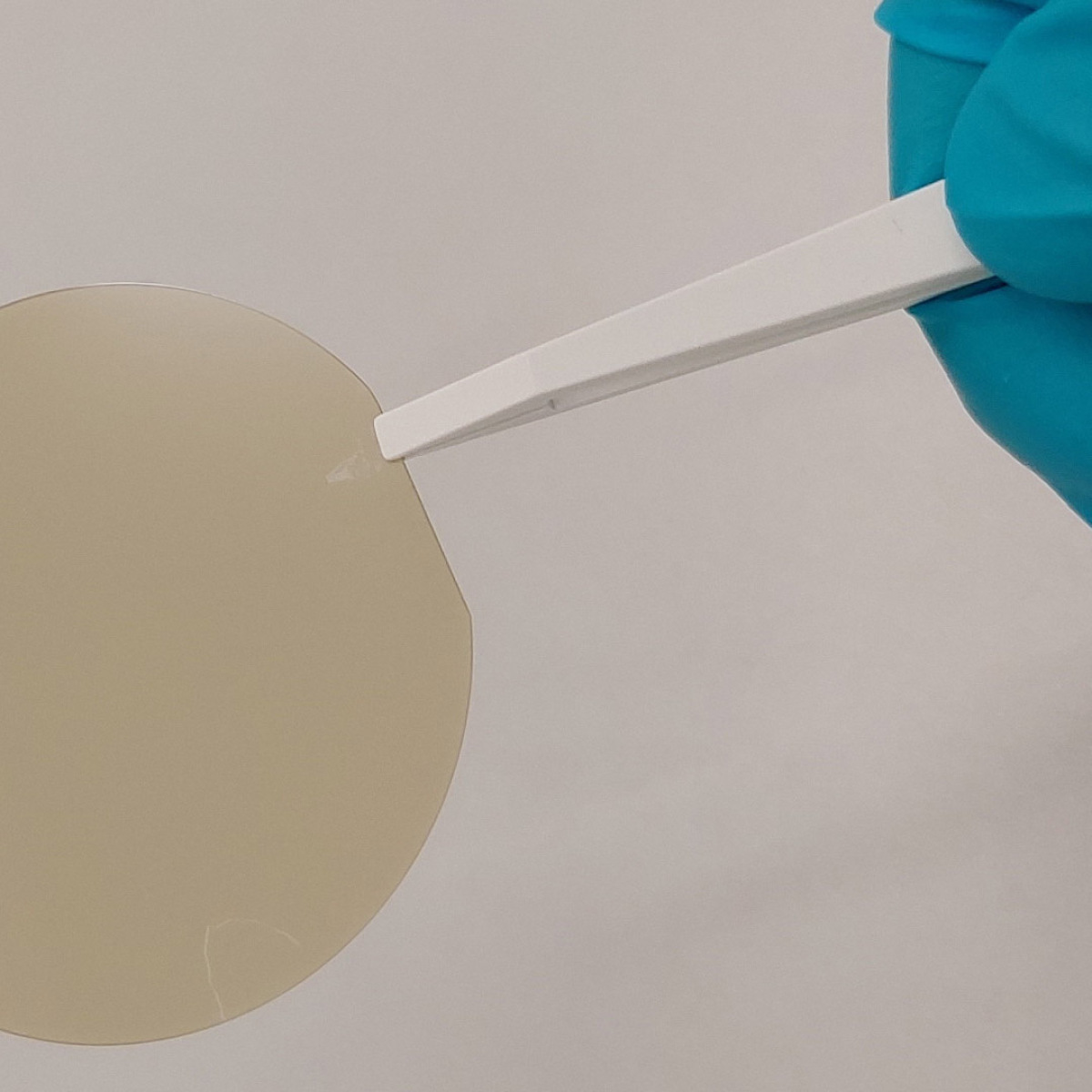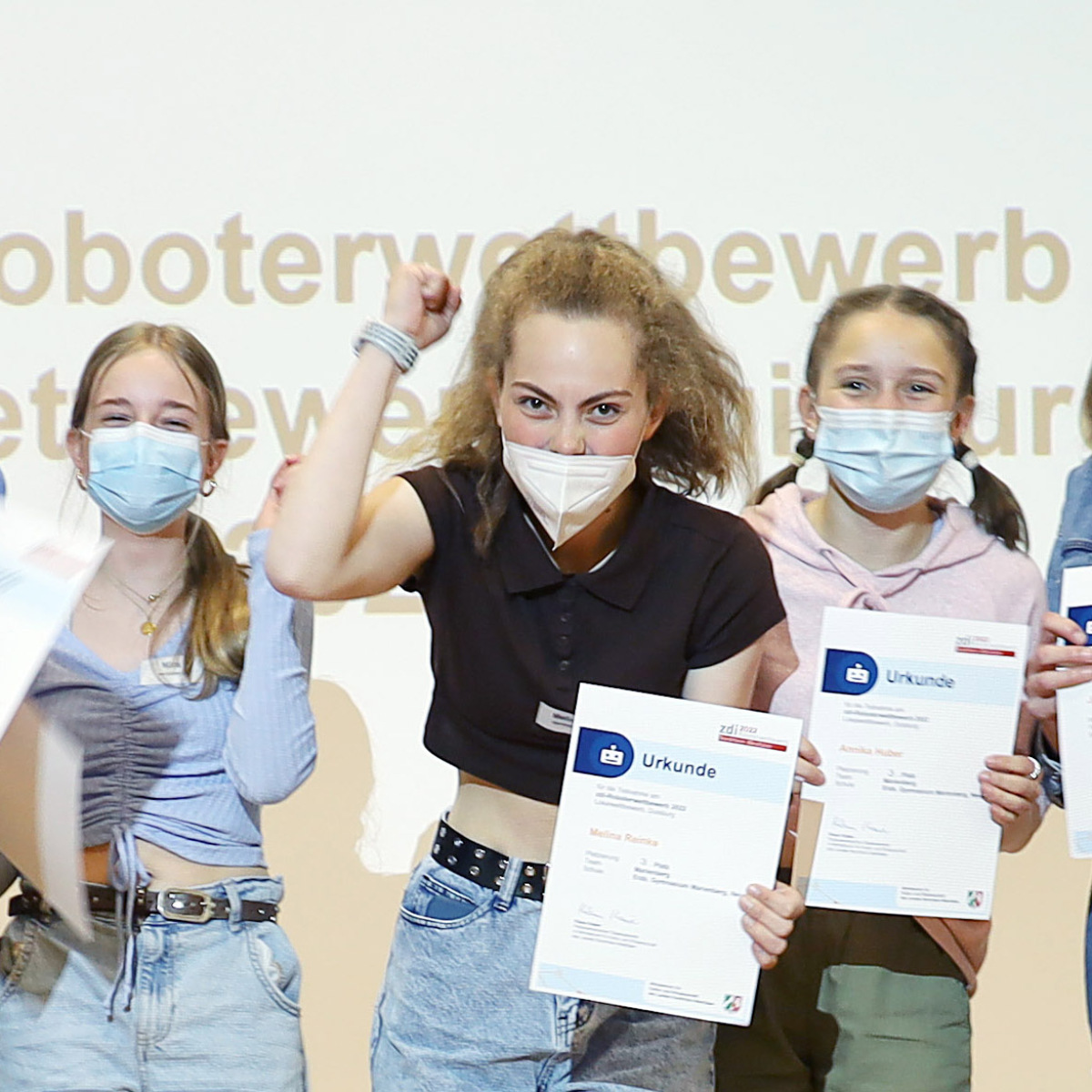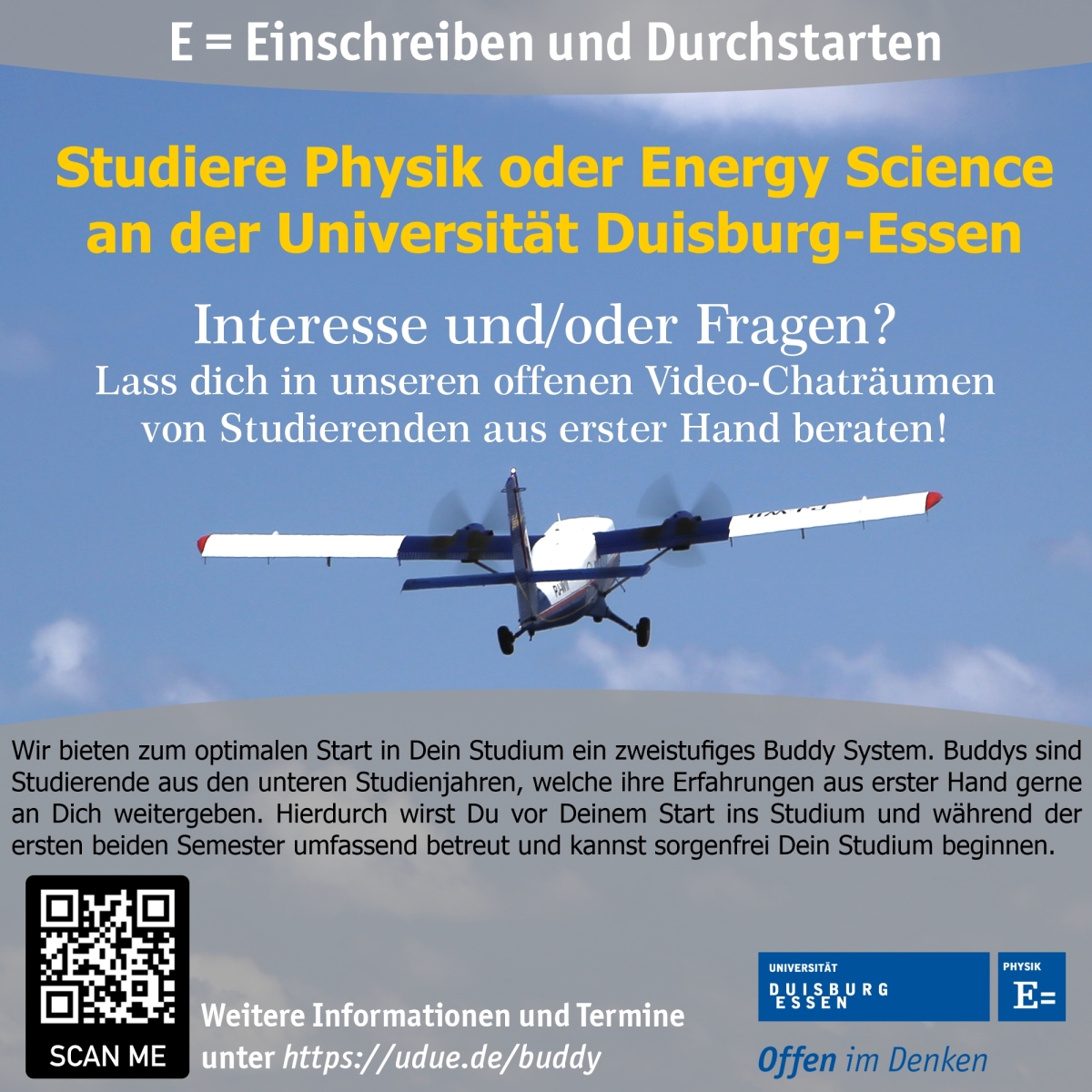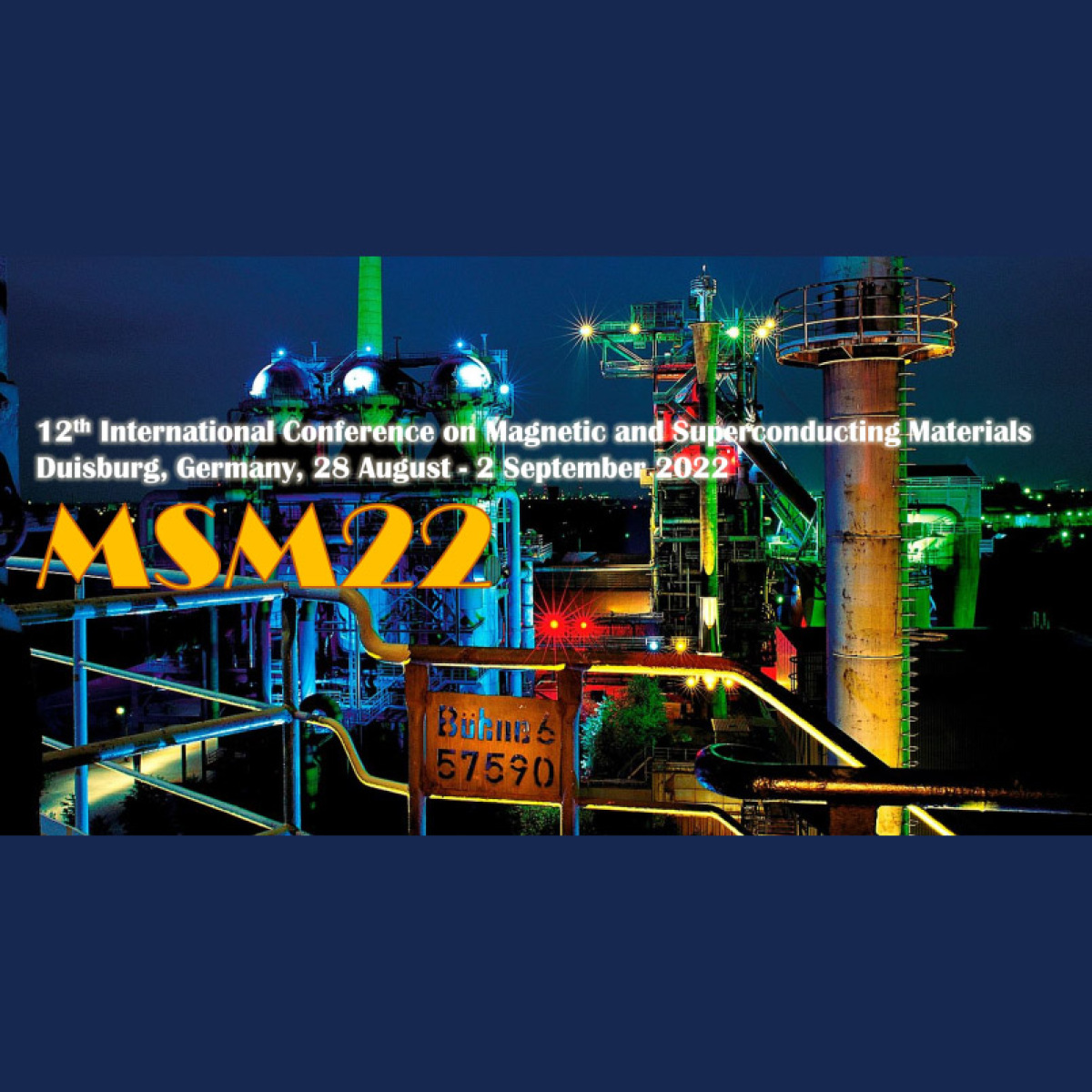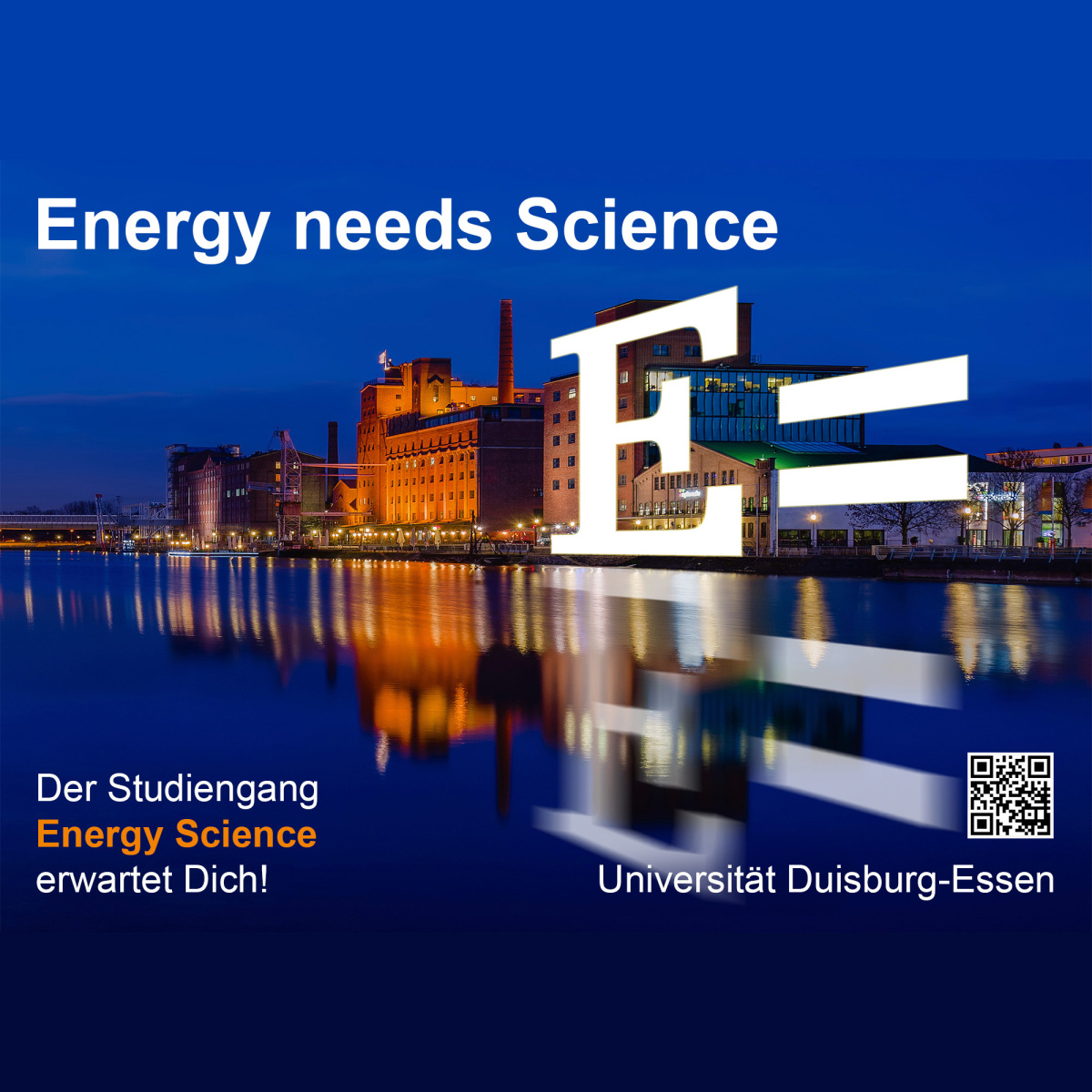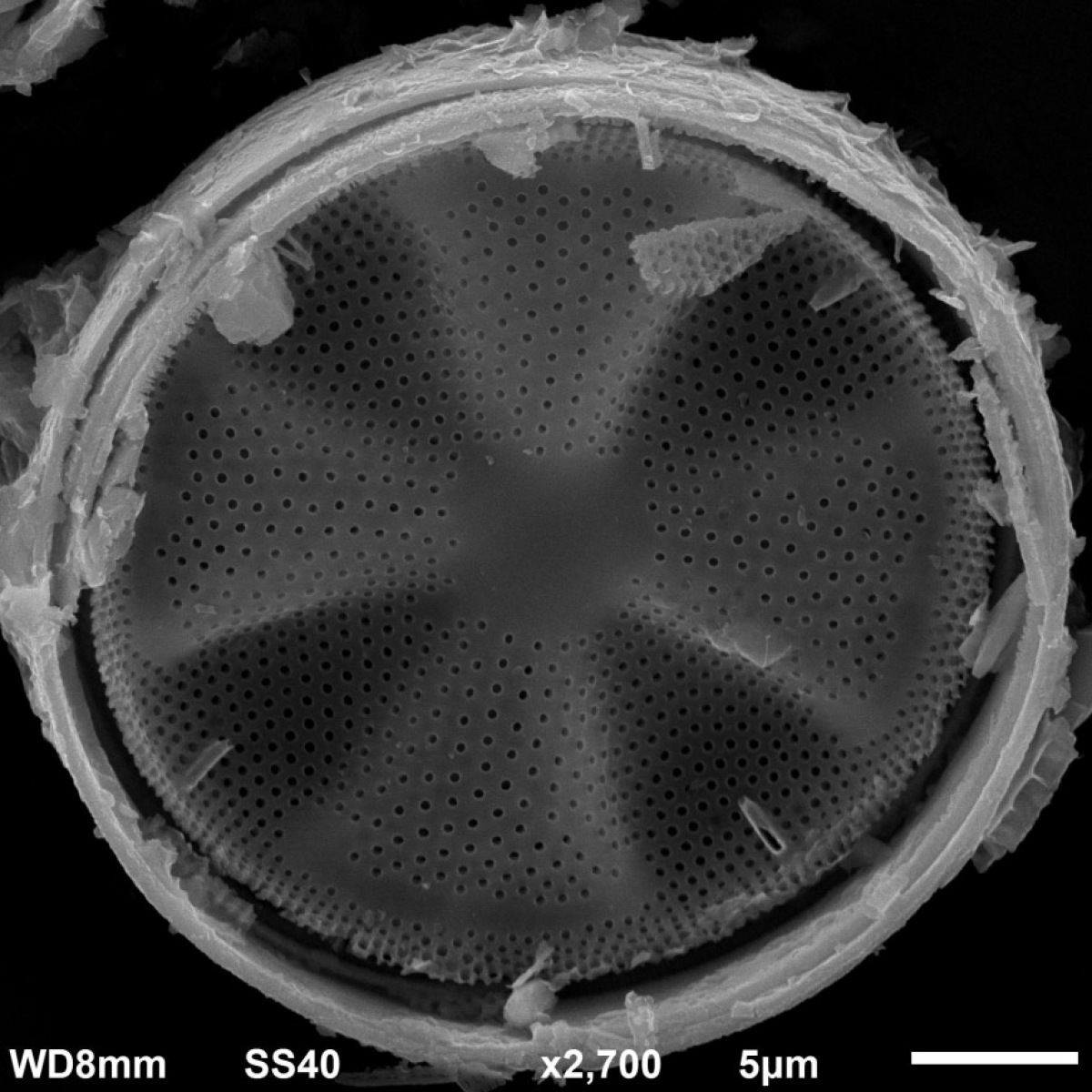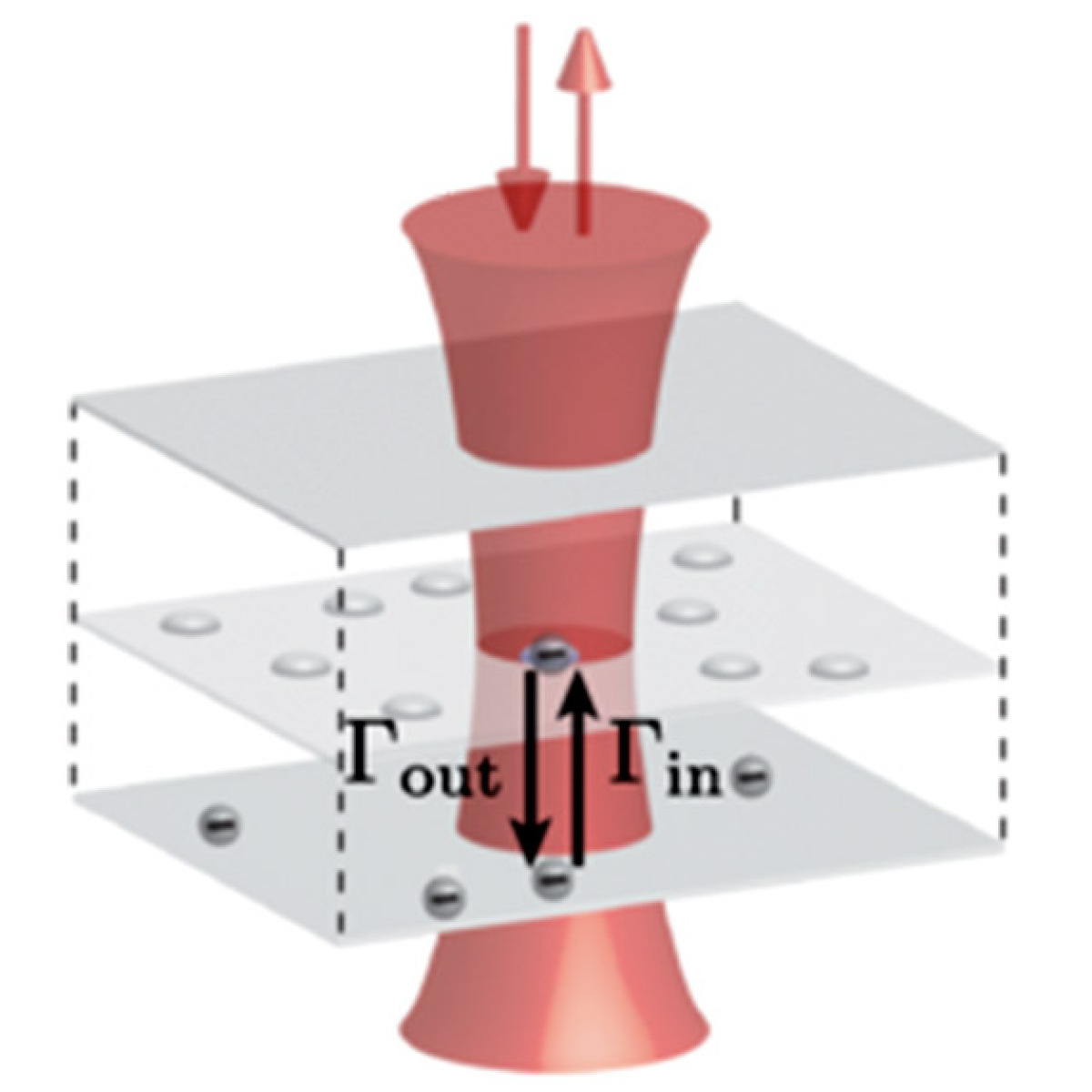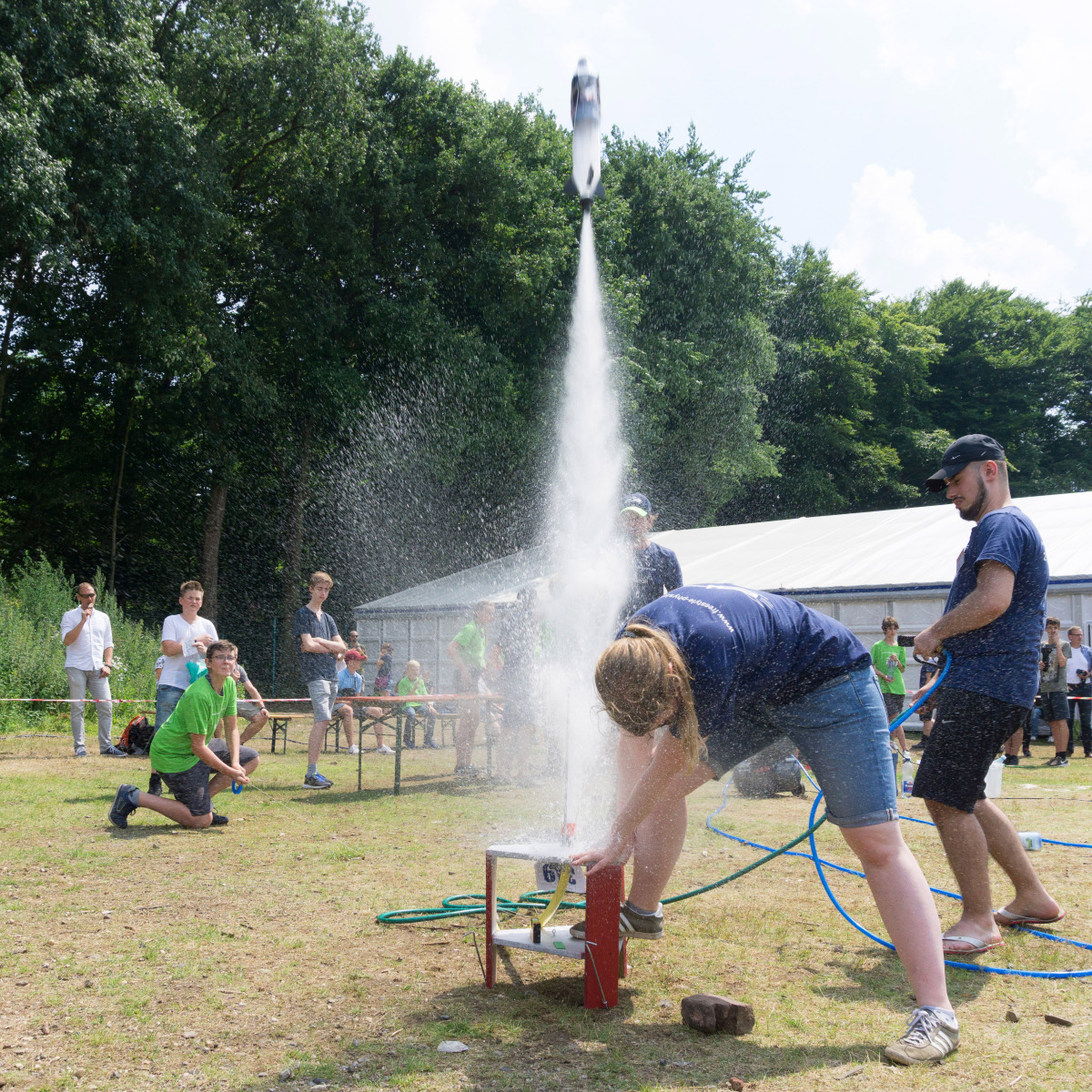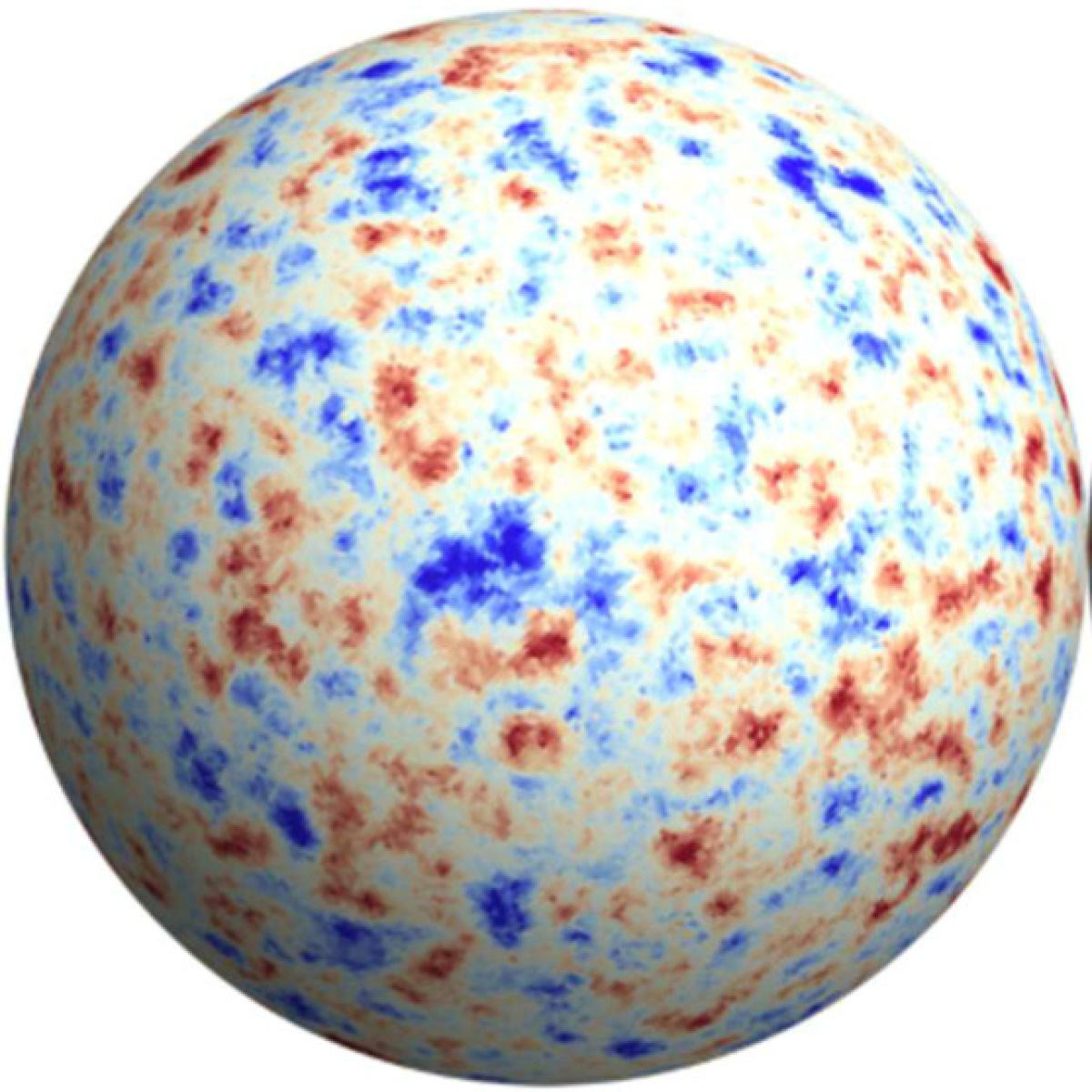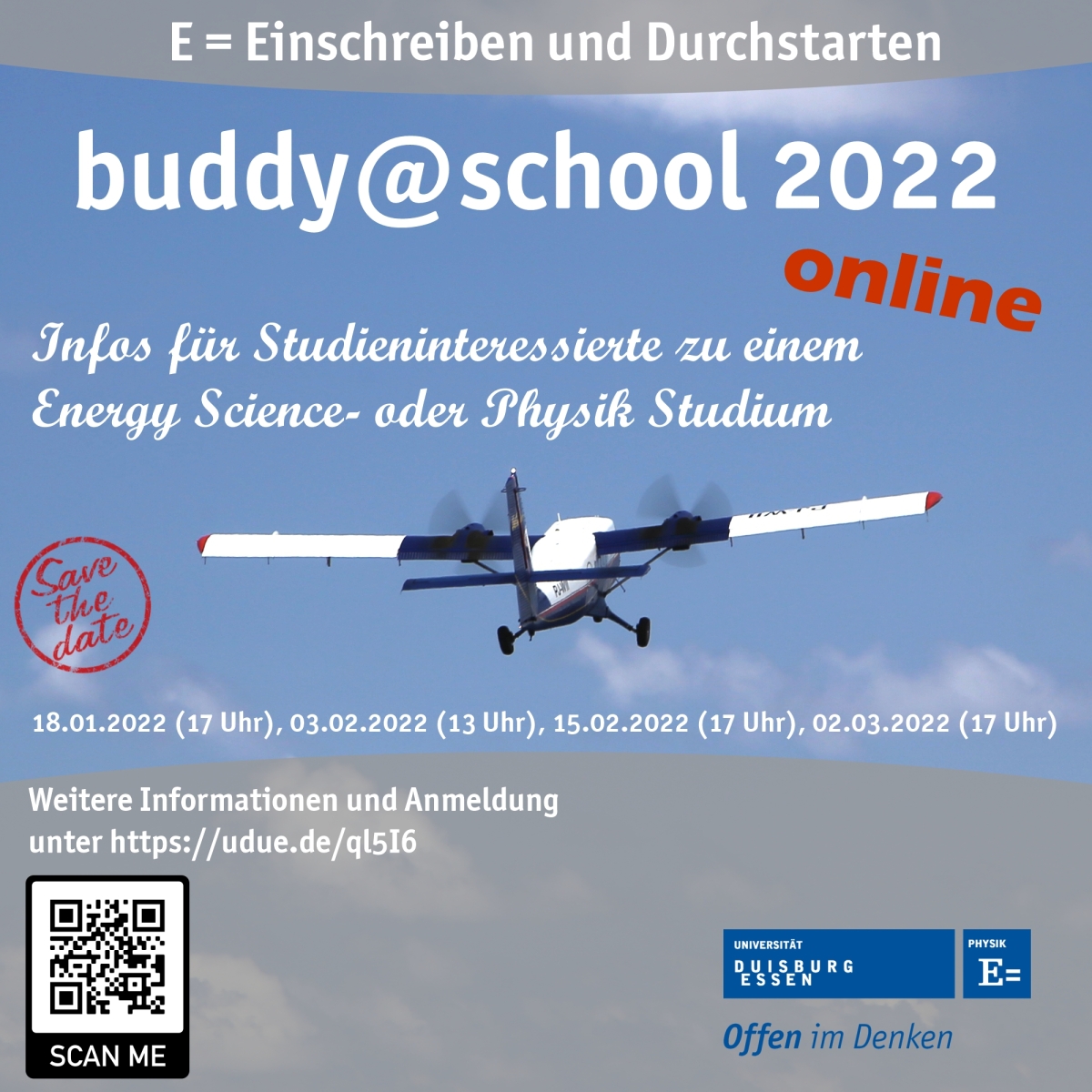News archive 2022
23.11.2022Experiment successful - high-altitude rocket in weightlessness
For two years they have been tinkering with their experiment together with aerospace engineers from the Swedish Space Corporation. Today, the time had finally come, and the European Space Agency (ESA) research rocket ascended into the skies of northern Sweden. It allowed astrophysicists from the University of Duisburg-Essen (UDE) six minutes of weightlessness for their research. The goal: to find out why tiny dust grains in space stick together to form planets over the course of millions of years.
It was bitterly cold at the end of November at the rocket launch site near Kiruna, Sweden's northernmost city. In the control room, the team led by Dr. Jens Teiser was slowly losing its tension. They had six minutes for their experiment. Six minutes of weightlessness while the rocket climbed to an altitude of 270 kilometers. Now they can announce: The experiment was a success!
What was it all about? The proof of a great mystery of astrophysics, says Jens Teiser: "Roughly, we know how a planet is formed: in the gas and dust cloud swirling around a young star, tiny dust grains stick together, form larger bodies and eventually grow into planets." What is puzzling, however, is the first step. That's because it's actually agreed in physics that the tiny particles in the protoplanetary disk can't easily grow larger than a millimeter when they collide.
Previous experiments and model calculations by the UDE researchers suggest that the particles become electrically charged when they collide, creating the adhesion. "This is exactly what we observed today in the rocket experiment. So we can say the electric charge helps in planet formation."
"Such an extensive ESA project on a research rocket is absolutely not an everyday occurrence for us," the physicist continued. The researchers have installed four chambers in a fuselage segment of the rocket. They contain a number of glass and basalt spheres no larger than one millimeter. They represent the particles in the early solar system. Equipped with live videos from each chamber, the researchers controlled the experiments remotely from the ground.
Further information: Dr. Jens Teiser, Faculty of Physics, Tel. 0203/379-2959, jens.teiser@uni-due.de
Editorial office: Juliana Fischer, Tel. 0203/379-1488, juliana.fischer@uni-due.de
21.11.2022Physics Night at the UDE - Fly, race and marvel
Whether a journey into the tiny world of nanoparticles, to everyday wonders or into infinite space: On Friday, November 25, starting at 5 p.m., the Night of Physics at the UDE again invites young and old to participate and marvel. Registration is not required.
Why can bumblebees fly, even though the laws of aerodynamics say they can't? And how are solar cells made from a sheet of glass? Once a year, when the Faculty of Physics at the Duisburg Campus opens its doors to the curious, physics, which often seems so complicated, becomes tangible. Experiments, lectures and laboratory tours provide a glimpse behind the scenes of the so-called cookie jars at Lotharstrasse 1. And while the children can build racing dishwashing brushes at the various booths in the foyer of the MC lecture hall building or learn why electricity is not only green but also red, the grown-ups are invited to check whether their bling is really real.
In keeping with the main theme of the event, "Energy Science," graduates of the course of study of the same name will also present their current bachelor's and master's theses at information booths and in short lectures. In this way, visitors not only gain an insight into current research, but can also learn something in an entertaining way about a topic that is increasingly occupying us all: How do we satisfy our hunger for energy today and in the future? Those interested can also find out about the teacher training program in physics at the UDE.
In the picture:
Very young visitors:inside the Night of Physics marvel at the amazing behavior of ferrofluids.
Further information:
To the program: https://www.uni-due.de/physik/nacht.php
Dr. Andreas Reichert, Department of Physics, Tel. 0203/379-2032, andreas.reichert@uni-due.de
Editorial office: Jennifer Meina, Tel. 0207/379-1205, jennifer.meina@uni-due.de
09.11.2022Energy Science Day 2022
On Friday, November 11, 2022, the Physics Department will host Energy Science Day. The event is aimed at the students of the program - including new first semester students, alumni, tutors, lecturers, professors and guests.
16:15 Welcome Martin Mittendorff, Martina Schmid
Moderation Anne-Kristin Pusch
16:20 Lecture by an Alumni Lukas Ingenhorst, Amprion
"Energy system planning for a climate-neutral future - insight into system development
at Amprion"
17:00 Reports from the year abroad
Eindhoven: David Karapetjan, Svenja Terbeek
Budapest: Carl Barthel, Adel Dhaouadi, David Plitt, Carmen Zaitz
Reykjavik: Elias Konstantin Hänel, Christopher Rath
17:45 Lecture UDE Gérald Kämmerer
"Entertaining facts from physics"
Lecture hall MC 122 (Lotharstraße 1)
18.10.2022Physics Night - Friday, November 25th, 2022
During the Night of Physics, scientists venture to the limits of the universe from 5 to 11 pm.
Interested laymen as well as small and big experts are welcome in the "cookie jars" at the
Campus Duisburg (corner of Lotharstraße and Mülheimer Straße).
The program includes lots of lab tours, from astrophysics to laser physics to quantum effects, lots of exciting experiments to do yourself, and of course lectures about our research.
Meeting point for all events:
Foyer in front of the lecture halls MC 122 and MD 162.
Lotharstraße 1, 47057 Duisburg, Germany
Registration is not required.
17.10.2022Physics for the Teaching Profession - Volume 3: Atomic, Nuclear and Quantum Physics
This is the translated title of the just published third volume of a four-volume series by Prof. Dr. Hermann Nienhaus from our faculty.
The four-volume series for physics in the teacher training program deals compactly and clearly with the fundamentals of physics in all its breadth, without going too much into theoretical depth. It is tailored to the special needs of prospective secondary physics teachers. Volume 3 deals with atomic, nuclear and quantum physics.
Historical experiments are used to explain in detail how the deep crisis in classical physics occurred at the beginning of the 20th century. The concept and the astonishing implications of the resulting quantum mechanics are vividly illustrated with examples. The hydrogen atom, the periodic table of the elements and modern applications of atomic physics can be understood without contradiction. The basic properties of atomic nuclei are developed in comprehensible models. A concluding overview of the cosmos of elementary particles and the fundamental forces makes it clear that there is still much to discover in this field.
06.10.2022Sustainable magnets - PUMA helps the energy transition
Powerful magnets can be used for effective cooling, heat and power generation. They make a decisive contribution to the energy transition. A consortium led by UDE is therefore researching new magnetic materials that are efficient and environmentally compatible. Partners in the PUMA project are the Technische Universität Darmstadt and the Helmholtz-Zentrum Dresden-Rossendorf (HZDR). The German Federal Ministry of Education and Research is funding PUMA with two million euros for four years starting in October.
Whether in robotics, data storage or energy conversion: magnets are already used in many areas. To manufacture them, metals and minerals are needed, mostly rare earths. In the PUMA* project, the scientists therefore want to develop highly efficient magnets that manage as far as possible without these raw materials, which are available in limited quantities and are therefore classified as critical.
"On the one hand, we are concentrating on permanent magnets. These have maximum efficiency and are used, for example, in motors for electromobility or in generators for wind turbines," explains project leader Prof. Dr. Heiko Wende from the UDE. His colleague from TU Darmstadt, Prof. Dr. Oliver Gutfleisch, adds: "Secondly, we are researching new materials that make use of the magnetocaloric effect. This means that various metals and alloys can change their temperature as soon as they are exposed to a magnetic field. We are particularly interested in using this phenomenon for solid-state-based cooling as a climate-friendly alternative to conventional gas compression cooling."
The two university project partners are already working together successfully, for example in the DFG Collaborative Research Center/Transregio 270, and the trio will now use the European experimental station ESRF in Grenoble for their investigations, as it is one of the world's most brilliant facilities for synchrotron radiation.
"In Grenoble, we plan to set up a new pulsed high-field system on a beamline," explains Prof. Dr. Joachim Wosnitza of HZDR. "This will generate magnetic fields with more than 50 tesla, which corresponds to one million times the Earth's magnetic field. This will allow us to precisely analyze the interactions that are essential for the function of magnetocaloric materials."
With the new setup at ESFR, the UDE scientists:inside are using their expertise in element-specific studies to study in detail the changes in magnetic properties under the extremely high magnetic field pulses. This will allow to identify the crucial magnetic interactions for the named applications.
* PUlsed high MAgnetic fields for new functional magnetic materials.
Pictured: the European Synchrotron Radiation Facility (ESFR) in Grenoble.
Further information:
Prof. Dr. Heiko Wende, Experimental Physics, Tel. 0203/37 9-2838, heiko.wende@uni-due.de
Editorial office: Ulrike Bohnsack, Tel. 0203/37 9-2429, ulrike.bohnsack@uni-due.de
19.09.2022Humboldt Award Winner Chooses UDE – Research on tiny magnets
As one of only five scientists, Prof. Hari Srikanth (University of South Florida, USA) has been awarded the Humboldt Research Award 2022. The award is associated with a research stay at a German institute of his choice. Srikanth has chosen physics at the UDE. In particular, his work complements the spectrum of the large research network TRR270 "HoMMage" on magnetic materials for efficient energy conversion.
Hari Srikanth conducts research in the field of magnetic nanoscale structures. Until August 2023, he will research novel interfaces in magnetic particles as well as two-dimensional systems in the group of Prof. Michael Farle, co-speaker of "HoMMAge". Both are crucial for the development of energy-saving information processing, for magnetic cooling, and in biomedical diagnosis and therapy.
For example, in tumor treatment, magnetic nanoparticles are injected into the diseased tissue. There they are made to vibrate and heated so that they destroy diseased cells locally. This requires particles that cannot overheat, are non-toxic and have special shapes and magnetic properties.
The interfaces come into play in particular with ultrathin magnetic films, which are being discussed as the next, energy-saving generation after the current information processing based on electron charges. This is because understanding the processes at the interfaces also allows better control of the magnetic properties. "Our collaboration provides an outstanding opportunity to develop new concepts on a scale from a few nanometers in size to millimeters," host Farle said. "In this regard, Hari Srikanth complements the experience of my research group, particularly in the fabrication of special magnetic materials."
The Humboldt Research Award is given exclusively to scientists from abroad for their overall work, with which they have left a lasting mark on their own field and from whom top achievements are also expected in the future. The award, which comes with 60,000 euros in prize money, enables the recipient to spend six to twelve months conducting research in a working group of their choice in Germany.
Further information:
Prof. Dr. Michael Farle, Faculty of Physics, Tel. 0203/37 9-2075, michael.farle@uni-due.de
Editorial office: Birte Vierjahn, Tel. 0203/37 9-2427, birte.vierjahn@uni-due.de
29.08.2022Floating nanoparticles - surprising connection through light
Held only by a beam of light, nanoparticles float in space and seemingly suspend the laws of physics. In experiments, researchers from UDE together with partners from Vienna were able to observe a completely new mechanism in the light-induced bonding of nanoparticles. Their research results now appear in the renowned Science magazine.
The glass particles, which quantum physicists:inside can levitate as if by magic, are truly tiny. They are 1000 times smaller than a grain of sand. When illuminated by a laser, the nanoparticles are attracted by its light and float in space. This "optical tweezers" won the Nobel Prize in Physics in 2018.
The experiment conducted by the Vienna team led by Dr. Uroš Delić has now demonstrated what Dr. Benjamin Stickler and his colleagues at UDE already suspected in their theoretical calculations: two glass particles held by the laser light can exert forces on each other that seem to violate Newton's third law of action equals reaction. The experiment showed that while one nanoparticle acted on the other, the latter did not react to the same degree. "The laws of physics, however, are only seemingly defied. In fact, some of the light is carried away in this extraordinary interaction. This explains the lack of reaction of the second particle," said Henning Rudolph, a doctoral student involved in the study.
These calculations and experiments are basic research. Nevertheless, there are thoughts of using optically levitated nanoparticles as very accurate motion sensors.
More information:
https://www.science.org/doi/10.1126/science.abp9941
Dr. Benjamin Stickler, Theoretische Quantenphysik, Tel. 0203/37-9-4753, benjamin.stickler@uni-due.de
16.08.2022Stargazing premiere – First snapshot of a disk wind
An international team of astrophysicists has directly observed the streamlines of a disk wind for the first time. These particle streams form around black holes or newly forming stars, around which matter such as gas and dust rotates in a disk and is transported to the center. UDE physicist Prof. Rolf Kuiper played a major role in the study. The results have now been published in the journal Nature Astronomy.
Many objects in space - from supermassive black holes to gas planets - are surrounded by a disk of dust and gas during their formation, the so-called accretion disk. At the same time, they eject enormous particle streams, the jets. The fact that this process gives rise to magnethydrodynamic winds due to the rotational and gravitational forces had already been understood theoretically in the 1980s. However, direct observation has only now been achieved.
The new study shows for the first time in direct view the velocity field of a disk wind around a newly forming massive star. The observations were made possible by the joining of 26 radio telescopes distributed around the globe.*
Kuiper, together with his doctoral student André Oliva of the University of Tübingen, simulated the formation of a massive star with numerical models. "Our simulations showed how jets form around the young star and out of the accretion disk," they report. These flows were compared with measured data. "The streamlines from our simulation closely match the motion patterns from the data as well as observations from previous studies of the formation of the large-scale jets. This shows that our theoretical calculations will continue to provide a realistic basis for studying the interaction of jets with their stellar birth environment."
* The Very Long Baseline Interferometry (VLBI) network consists of 26 radio telescopes distributed across Europe, Asia, and the United States, capable of mimicking a giant telescope the diameter of Earth.
Publication:
L. Moscadelli, A. Sanna, H. Beuther, G.A. Oliva and R. Kuiper: Snapshot of a magnetohydrodynamic disk wind. Nature Astronomy, https://doi.org/10.1038/s41550-022-01754-4
Further information:
Prof. Dr. Rolf Kuiper, Astrophysics, Tel. 0203/37 9-2816, rolf.kuiper@uni-due.de
Editorial office: Dr. Thomas Wittek, Tel. 0203/37 9-2430, thomas.wittek@uni-due.de
03.08.2022Erstsemester@UDE: Pre-courses for MINT subjects and medicine - for a successful start!
Even if you were good at physics, chemistry, etc. at school, studying a MINT subject (math, computer science, natural sciences, technology) or medicine presents completely new challenges. To ensure that the start is nevertheless successful, the UDE offers prospective students and prospective freshmen preliminary courses.
The pre-courses start on August 15 and run until October 7 and can be attended free of charge even without admission, enrollment, application or registration.
Looking for the right pre-courses for your degree program? You can find more information and an overview of the pre-course program before the winter semester 2022/23 online.
02.08.2022“As thin as it gets: Physics of 2D Materials and Heterostructures”
That was the title of the Physics School sponsored by the Wilhelm and Else Heraeus Foundation and organized by Marika Schleberger and Martin Mittendorff at the DPG Physics Center in Bad Honnef. Two-dimensional materials play an important role in SFB1242 and the two project leaders wanted to use the event to offer young female scientists an opportunity to both get an overview and learn more in-depth details. The 15 female lecturers from the USA, England, Italy, Denmark, Spain, France and Germany offered a varied and well-fitting program that ranged from manufacturing and properties to safety and sustainability aspects to company spin-offs. The approximately 70 participants made extensive use of the exciting lectures for questions and discussions, which continued late into the evening during coffee breaks and poster sessions. Perfect weather, a walk through the forest to the Löwenburg and the unique ambience of the Physics Center rounded off the successful event.
20.07.2022Planets from the supercomputer
Modeling astronomical objects is his thing: Dr. Rolf Kuiper, new professor of theoretical physics with a focus on planetary science at the UDE Faculty of Physics, is studying the formation of planets, stars and black holes.
"I'm interested in how the climate of (early) planetary atmospheres could physically form. What were they made of chemically? And how do jets interact with their environment?" outlines Rolf Kuiper. What do jets have to do with planets? "Almost nothing," laughs the UDE professor. In astronomy, they denote a stream of gas and traverse the universe over light years.
At the UDE, Rolf Kuiper will investigate, among other things, how Earth-like rocky planets, gas giants and black holes were formed. In doing so, he will go back to the early times of our universe. "We model physical phenomena from the interaction of dust grains with winds and radiation to astrophysical objects increasing in mass. These include such things as planets, stars and black holes, which we model on the high-performance computer," Kuiper said. At UDE Physics, he can cooperate with experimental astrophysicist Prof. Dr. Gerhard Wurm and theoretical physicist and Heisenberg fellow Dr. Eric Parteli. In this way, he is also sharpening the UDE profile in this field.
Rolf Kuiper studied physics at the University of Heidelberg from 2000 to 2006. He then conducted research at the Max Planck Institute (MPI) for Astronomy until 2010, where he received his PhD in 2009. He then went to the U.S. to the Jet Propulsion Laboratory (rocket propulsion laboratory) at the California Institute of Technology (2011-2012); it builds and controls space probes and satellites for NASA. Back in Germany, the postdoctoral researcher worked at the Universities of Heidelberg (2012) and Tübingen (2013) and at the MPI for Astronomy (2013/14). From 2015 to 2021 he led an Emmy Noether research group at the University of Tübingen and from 2021-22 a Heisenberg research group at the University of Heidelberg.
Further information:
Prof. Dr. rer. nat. Rolf Kuiper, Faculty of Physics, Tel. 0203/37 9-3327, rolf.kuiper@uni-due.de
Editorial office: Alexandra Nießen, Tel. 0203/37 9-1487, alexandra.niessen@uni-due.de
19.07.2022Night of Physics on November 25th, 2022
In the late afternoon of Friday, November 25th, 2022, the Faculty of Physics will open its doors again. In addition to laboratory tours, there will again be many information booths with hands-on experiments, lectures and demonstrations that will open up the world of physics to non-physicists. Location: Lotharstraße 1, 47057 Duisburg, Foyer in front of MC 122.
18.07.2022freestyle-physics 2022
After two years of video competition, it was a pleasure to welcome again almost 1400 students to our marquee! Diving boats, mousetrap catapults, paper bridges and the water rockets at the end - with great attention to detail and lots of creativity, the kids had designed and built great solutions for the tasks. More than 30 students and 30 professors and doctoral students participated in the competition. The students could choose between 20 individual program points - lectures, laboratory tours and practical courses - in the accompanying program.
A big thank you goes to the Förderverein Universität Duisburg-Essen, which had laid the financial foundation for the twenty-first edition of freestyle-physics with an overdimensinal check for 40,000 €. We were especially pleased about two camera teams from WDR and RTL.
13.07.2022Graphene oxide water filters - Just not too many holes
About two-thirds of the earth's surface is covered with water, around 97 percent of which is salt water. To meet the ever-increasing demand for drinking water, desalination must be optimized. With their research on graphene oxide, a team of German (UDE), Australian and French scientists has now been able to show why more and closely spaced holes in the filter membrane are not the solution. The results were published in Nano Letters.
Desalination is based on two different processes: either evaporation followed by condensation, or reverse osmosis. In the latter, water is forced under pressure through a membrane that allows the liquid element to pass through and retain salts. Although this filtration is technically more demanding, it consumes less energy than heating and evaporation.
Membranes made of multiple layers of graphene oxide - which is only one atomic layer "thick" - have proven to be extremely efficient filters in reverse osmosis. They enable cost-effective and resource-saving water desalination. The scientists from the UDE, the University of New South Wales and the Grand Accélérateur National d'Ions Lourds have now discovered how the transport properties can be specifically manipulated by adding pores to the material.
The researchers' idea for optimizing the process was to introduce slit-shaped pores into the layers by means of ion irradiation. And indeed: the water flows faster through the filter - up to a certain point. "What was surprising was that the water flow rate no longer increases after a certain pore density, but decreases and even dries up completely," explains graphene expert Prof. Marika Schleberger (UDE). The reason: The ion bombardment by which the holes are produced heats the edges of the pores - and destroys the chemical groups such as hydroxyl groups or carboxylic acids if the pores are too many and too close together. Graphene oxide becomes graphene and the water film that forms between the layers no longer moves. Only the chemical groups break up this water film, "the water binds via hydrogen bonding and thus moves to the next layer," the experimental physicist continues. This knowledge helped the scientists:in find an optimum where there is enough graphene oxide and yet enough holes can be introduced for faster flow. "The results are important for tailored graphene oxide membranes, for example, for energy conversion, electrochemical catalysis and biomedicine."
In the picture:
Ion bombardment is used to introduce pores into the graphene oxide layer (center). This increases - up to a certain amount - the water flux (bottom).
Further information:
Click here to access the publication.
Prof. Dr. Marika Schleberger, Experimental Physics, Tel. 0203/37 9-1601, marika.schleberger@uni-due.de
Editorial office: Jennifer Meina, Tel. 0203/37 9-1205, jennifer.meina@uni-due.de
07.07.2022Graduation ceremony 2022
On June 24th 2022, the Faculty of Physics honored students with bachelor's and master's degrees in a ceremony. About 85 students accepted the invitation.
Due to pandemic, this event had to be cancelled in the last two years, so this year we were able to welcome 3 cohorts. All participants enjoyed the evening and it was a successful event.
Congratulations again to all graduates!
06.07.2022Sponsorship extended again
The Buddy System of the Faculty of Physics has extended the sponsorship with porcupine "Buddy" from Zoo Duisburg again for one year. Thus, in addition to the student buddies, the new freshman students will again have an animal godfather at their side in the third year. Further information on the godparent animal can be found here.
04.07.2022Dies academicus 2022 - Best Master's Degree in Physics
Johanna Lill was awarded for the best master's degree in the Faculty of Physics. After a semester abroad in Trondheim, she used Mössbauer spectroscopy to study lanthanoid doped La(Fe,Si)13 as part of her master's thesis in AG Wende. A magnetocaloric material that is of particular interest in the CRC/TRR 270 HoMMage.
04.07.2022Dies academicus 2022 - Best PhD in Physics
Dr. Erik Pollmann was awarded for the best PhD in the Faculty of Physics by the university at the Dies Academicus. "Wafer thin" was not his work, but the materials he studied - he studied 2D materials in the AG-Schleberger and in particular worked very intensively on the properties of MoS2. His award-winning work can be found here: Atomically thin and laterally extended.
13.06.2022Beamtime at the European X-ray free-electron laser
A guest contribution by Lea Spieker
Beamtime at the European X-ray free-electron laser (European XFEL): Time-resolved X-ray absorption spectroscopy of spin-crossover molecules in the ultrafast regime
Within the framework of CRC 1242, a so-called beamtime at the SCS instrument of the European XFEL was acquired, which was carried out by collaborators of the projects A05, A07 and C01. There, at the world's largest X-ray free-electron laser, time-resolved experiments in the ultrafast regime were performed on thin spin-crossover molecular films.
Spin-crossover molecules form one of the trends in nanotechnology (e.g. for displays, molecular electronics or magneto-optical storage media), since they have two defined spin states. To switch from one state to the other, light or temperature changes, for example, can be used.
In order for spin crossover molecules to be used at all for future applications, they have to meet some requirements:
The two spin states should be close to room temperature, as this avoids often expensive and complicated cooling. In addition, the distance between the spin states on the temperature axis should be larger than 30°C, so that the stability of the states can be guaranteed even in the case of small temperature fluctuations during operation. At the same time, the states should also be quickly accessible: It should be possible to switch between the two states within small temperature changes (e.g. 3-5°C), which means strong changes for the molecule within a very short time. These processes occurring at the molecular level during the change of state take place within a quadrillionth of a second (femtosecond). Understanding these processes is one of the main goals of project A05 in CRC 1242.
In order to be able to perform such experiments, a beamtime at the European XFEL was requested. On the basis of a review process in which the best applications are identified, the measurement times are approved.
The word XFEL means "X-ray free-electron laser." In recent years, these special light sources have become available and, with their extremely intense X-ray laser flashes, now enable experiments with excellent data quality that would otherwise be impossible. Such beamtime is extremely valuable and therefore everyone involved works shifts around the clock and on weekends. If you would like to learn more about how it works and about the light source itself, you will find a vivid description on the European XFEL website.
The group picture on the left shows the staff of the SCS instrument as well as members of the projects A05, A07 and C01, who are all happy about the results of the successful successful beamtime. At present, the data obtained are being evaluated and thus the fruits of the extensive work are being harvested.
13.05.2022In the shadow of the earth - lunar eclipse on May 16th
When the Earth gets between the Sun and the Moon, spectacular images are created here. Astrophysicist Dr. Jonathan Kollmer explains in the video why we talk about the blood moon and why we have to wait a little longer in Central Europe.
11.05.2022Success for the UDE - DFG funds two new research training groups
Materials science and medicine at UDE can further expand their research. The German Research Foundation (DFG) is funding two new Research Training Groups with a total of around 14 million euros for the next five years. The research subjects are the properties and production of two-dimensional materials and the effectiveness of radiation treatment for cancer.
Two-dimensional materials are extremely thin and in some cases consist of only a single layer of atoms. They are particularly interesting because they have unique electrical and optical properties and can be rolled, folded or stretched due to their high mechanical stability. The international research training group 2D-MATURE* (GRK 2803) at the Faculty of Engineering with participation from the Faculty of Physics will address two questions: How can two-dimensional materials be produced in large quantities and how do they behave when combined with other materials in such a way that they can be used in products?
The goal is to develop new methods and processes to enable industrial-scale applications, for example in light-emitting diodes or batteries. The college is headed by Prof. Gerd Bacher and is funded with around 7 million euros. The doctoral students conducting research at the Center for Nanointegration Duisburg-Essen (CENIDE) will collaborate with Canadian colleagues at the Waterloo Institute of Nanotechnology (WIN) at the University of Waterloo.
In the fight against cancer, radiation treatment remains one of the most effective therapies. Despite medical advances, only some particularly aggressive or extensive tumors can be effectively controlled by radiation while protecting normal tissue. Still, too little is known about why people respond differently to radiation therapy and why undesirable side effects occur.
In the new Research Training Group 2762 "Heterogeneity, Plasticity and Dynamics of the Response of Cancer Cells, Tumor and Normal Tissues to Therapeutic Radiation in Cancer", researchers from the Faculty of Medicine and the Faculty of Biology are working together. They will further explore the mechanisms of individual radiosensitivity of different tumors and tissues. The collegium is headed by Prof. Verena Jendrossek. The DFG is funding the project with around 7 million euros.
* "Scalable 2D Material Architectures (2-D MATURE). Synthesis and processing, characterization and functionality, implementation and demonstration."
In the picture: two-dimensional materials in wafer size (diameter wafer: 5 cm), produced with a scalable gas phase process.
Further information:
GRK 2803: Prof. Dr. Gerd Bacher, Chair of Materials in Electrical Engineering, Faculty of Engineering, Tel. 0203/37 9-3406, gerd.bacher@uni-due.de
GRK 2762: Prof. Dr. Verena Jendrossek, Executive Director, Institute for Cell Biology at the UK Essen, Tel. 0201/723-3380, verena.jendrossek@uk-essen.de
Editorial office: Dr. Thomas Wittek, 0203/37 9-2430, thomas.wittek@uni-due.de
10.05.2022zdi-robot competition
zdi - The joint initiative for the next generation of MINT students in NRW
RE-use RE-duce RE-cycle: These are the keywords to which pupils have programmed their robots for the circular economy - the PascalBots team from the Pascal Gymnasium in Grevenbroich won the local competition in Duisburg on 4 May 2022. With a very confident run, the 3 pupils beat the team J.-K.-Robots from Schwalmtal. Third place went to the girls' team Marienberg from Neuss - who were particularly enthusiastic about their success - photo opposite.
Dr Kirsten Dunkhorst is not only the head of the NanoSchollLab of the Faculty of Physics and the Faculty of Engineering, but also the head of the zdi centre DU.MINT Duisburg Niederrhein, where she organises robot competitions. The aim is to link schools, the University of Duisburg-Essen and industry and, last but not least, to attract talented pupils to study physics, energy science or nanoengineering.
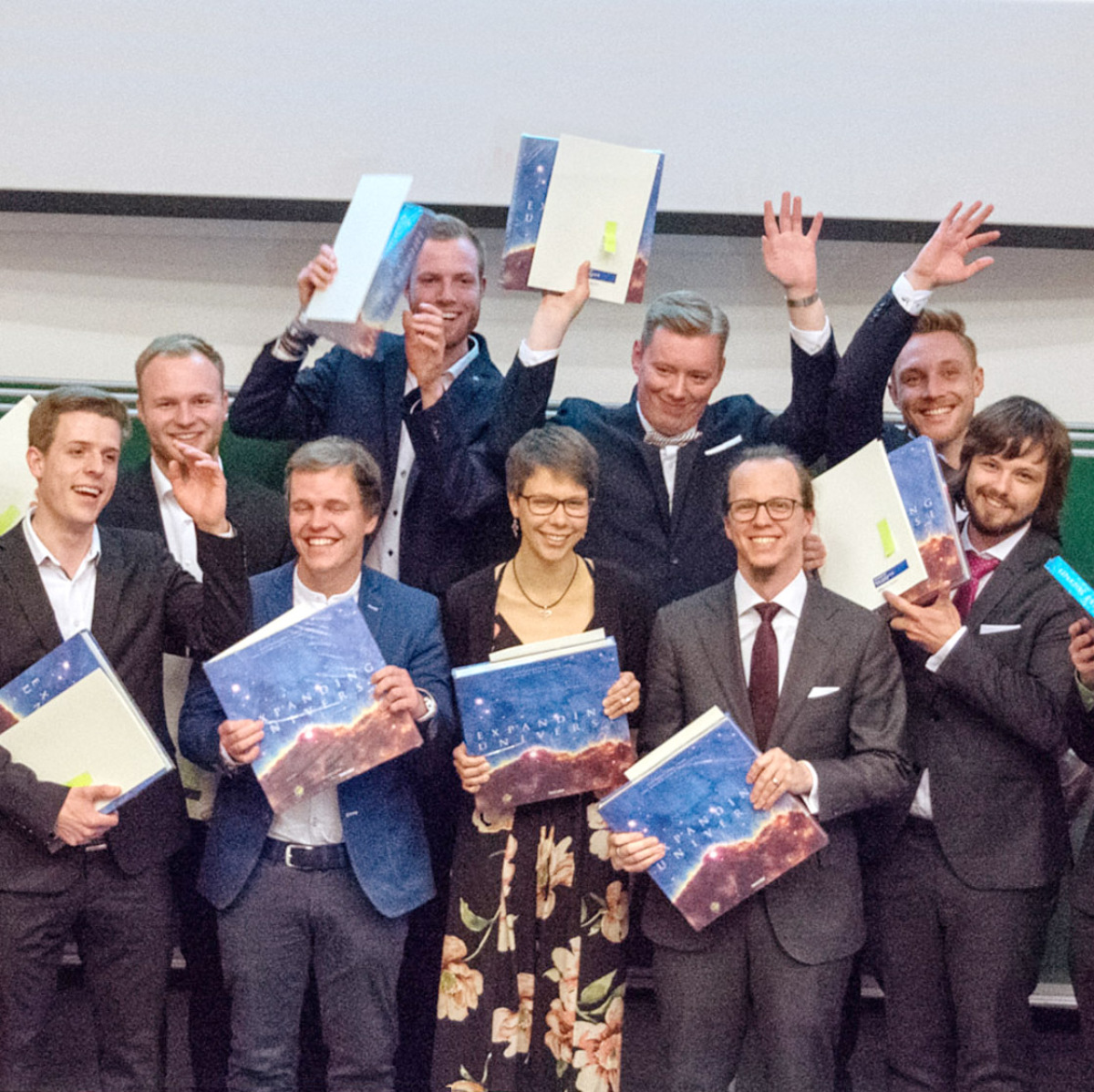
10.05.2022Graduation ceremony of the Faculty of Physics on Friday, 24 June 2022
The Faculty of Physics honours the achievements of Bachelor, Master and Diploma theses.
Did you graduate between May 2019 and April 2022?
Then you are cordially invited - see below for registration.
18:00 pm
Lecture hall LX 1205 Audimax, Lotharstraße 63a, 47057 Duisburg
Welcome by the Dean
Prof. Dr. Michael Schreckenberg
Presentation of the graduates and
Honouring of particularly outstanding work
by the Dean and the Dean of Studies
Prof. Dr. Hermann Nienhaus
20:00 pm
Champagne reception with snacks
in the foyer LX
04.05.2022Open video chat rooms of the Buddy System 2022
Are you thinking about studying physics, physics as a teaching profession or the Energy Science program, which is unique in Germany? You still have questions that you would like to have answered before making your decision? We will help you!
The open video chat rooms of the Buddy System of the Faculty of Physics start into a new season. Starting May 10, 2022, we will be available to help you on the following dates:
- Tuesday, May 10th 2022, 2 p.m.
- Thursday, May 19th 2022, 5 p.m.
- Tuesday, May 24th 2022, 2 p.m.
- Thursday, June 02nd 2022, 5 p.m.
- Tuesday, June 07th 2022, 2 p.m.
- Thursday, June 16th 2022, 5 p.m.
- Tuesday, June 21st 2022, 2 p.m.
- Thursday, June 30th 2022, 5 p.m.
- Tuesday, July 5th 2022, 2 p.m.
- Thursday, July 14th 2022, 5 p.m.
- Tuesday, July 19th 2022, 2 p.m.
- Thursday, July 28th 2022, 5 p.m.
You can find the link and more information about the open video chat rooms at https://www.uni-due.de/physik/buddysystem/ .
Study with us because only we offer a two-tier buddy system for the best start to your studies. Buddies are students from the lower years of study who are happy to pass on their first-hand experience to you. This means that you will receive comprehensive support in a first phase before you start your studies and in a second phase during the first two semesters and can begin your studies without worries.
03.05.2022Conference on Magnetism and Superconductivity in Duisburg
12th International Conference on Magnetic and Superconducting Materials (MSM22) on 28 August – 02 September 2022 at the University of Duisburg-Essen
In Duisburg, the 12th edition of the MSM conference will continue a series of meetings started in 1999 as an international conference aimed at strengthening scientific relations between scientific groups in the Middle East region and with the advanced scientific world community.
The MSM meetings will be held every two years in Asia, Africa and Europe, finally reaching the heart of Western Europe in 2022: Duisburg.
The MSM22 program includes a wide range of plenary lectures, invited talks, and contributed papers, covering the latest advances in basic and applied magnetism and superconductivity, as well as many related topics.
28.03.2022Radio advertising for Energy Science now on 1LIVE
Plus posters in Berlin, Frankfurt, Cologne and Mannheim.
Sometimes you have to help luck along a bit. Just how important the topic of energy would become could probably only be guessed at the time the course was planned. To make sure that even more prospective students are aware of what a top offer the Energy Science program has at the start, we have stepped up our advertising.
Link to the radio spot (german)
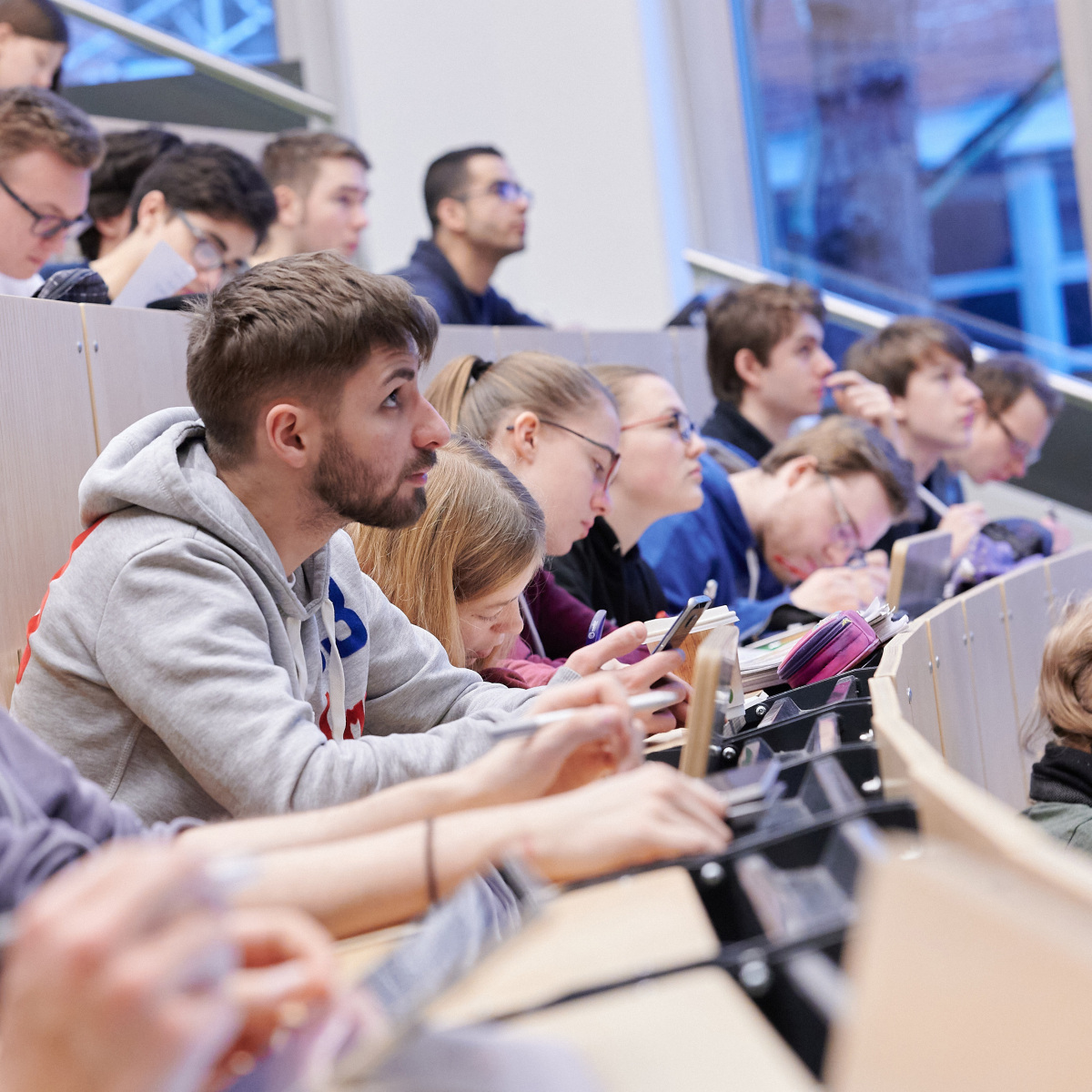
10.03.2022"But there are also exceptions, true caretakers" Editor and photographer from Stern visiting the Faculty of Physics
"But there are also exceptions, true caretakers" Editor and photographer from Stern to guest in the Faculty of Physics
Under the title "STUDYING AND CORONA - They drop out or don't even enroll: Germany's young elite are losers of the pandemic" an article was published at Stern-Online. Overall, the Germany-wide résumé is rather sobering. However, under the subheading "There are exceptions, true caretakers", there are very good marks for our Faculty of Physics. The two visitors from the weekly magazine Stern are obviously impressed by the amount of technical equipment and the commitment Prof. Wucher shows in his lecture on experimental physics in order to give students the best possible understanding of diffraction at the grating, both on site and online.
"Everyone at the faculty makes it a point to nurture the next generation. No one should be lost - and as many as possible should be gained." Is the positive conclusion of editor Rolf-Herbert Peters for us.
08.03.2022Digital equipment for nano school lab – When the microscope goes online
What the electron microscope shows looks like a drainage sieve - but it is actually a diatom just a few micrometers in size. Many young people have already had aha moments like this in the NanoSchoolLab at the UDE. Now it is receiving around 41,000 euros for digital equipment from the European Regional Development Fund (ERDF).
Among other things, desktop computers, laptops and a video conferencing system are on the shopping list of Dr. Kirsten Dunkhorst, the head of the NanoSchoolLab. Connected to microscopes that young people would otherwise only get to know during their studies, modern learning stations are to be created that will allow students to see the fascinating images from the nanoskomos or participate in the measurements even from a distance. The improved equipment will also help young people practice using the instruments and learn about evaluation software and systems for 3D models.
"With the new infrastructure, we can strengthen the digital skills of young people and their teachers, while at the same time getting students excited about STEM subjects," Dunkhorst explains. "In this way, we can help close the gaps revealed by the pandemic."
Within the "NanoSchoolLab goes digital" project, a subject didactic concept is being developed to digitally expand and consolidate the structures already established in the pandemic. There will be both stationary and mobile solutions, which can thus be used at different locations.
The funding comes from the "zdi-REACT-EU" program of the state of North Rhine-Westphalia, which supports the development and expansion of the digital infrastructure of extracurricular places of learning.
The NanoSchoolLab at UDE was founded in 2009 by the Faculties of Engineering and Physics and the NanoEngineering program with the support of CENIDE as a zdi school lab. It is an extracurricular place of learning specializing in nanotechnology that introduces students to the principles of scientific and technical research.
In the picture: Electron microscope image of a diatom only a few micrometers in size from the NanoSchoolLab.
Further information:
Dr. Kirsten Dunkhorst, NanoSchoolLab, Tel. 0203/37 9-3409, kirsten.dunkhorst@uni-due.de
Editorial office: Birte Vierjahn, Tel. 0203/37 9-2427, birte.vierjahn@uni-due.de
02.03.2022Limits of the measurability of quantum jumps shifted
Correct counting determines our modern life - be it the bits in the computer with their two states, the number of positive coronatests or generally any system that has countable events. But the faster counting is done and the smaller the signals involved are, the more likely data can get lost in the noise. Theoretical physicist Eric Kleinherbers of SFB1242 and CENIDE now developed a new tool with Kolleg:innen that sheds more light on such data.
Counting statistics are particularly important in the quantum world. Modern measuring instruments are so sensitive that they can detect single quantum jumps. Limiting factors are the time resolution of the detector, the background noise, and the observation time. In addition, detection errors distort the measured information, leading to no or incorrect conclusions about the underlying quantum dynamics.
For their work, the researchers used so-called self-assembled quantum dots, which have similar properties to individual atoms, and employed a trick. The quantum dot is excited with a laser and radiates back light particles (photons) as long as it is "empty." If an additional electron enters the quantum dot, the light current breaks off. Thus, the photons can be used to record the electron occupation in real time, which can then be statistically analyzed.
To test how robust the new evaluation algorithm is, data was intentionally deleted from the original data set, simulating a faulty measurement. "These were typical experimental errors: signals that are too fast for the detector and are therefore "missed" or a spike in the noise that fakes a signal" explains Eric Kleinherbers, lead author of the study. By comparing the original readings with the erroneous data, the researchers were able to demonstrate that the new method of analysis is much more error-tolerant than the standard methods of statistical analysis used previously. This makes the actual behavior of electrons and photons more visible, shedding light on the quantum world. "It's a bit like trying to put a screw in the wall with an improper screwdriver until now," Kleinherbers explains. "It works, but it's not pretty. Now we have the right tool for analyzing the data."
Counting statistics are everywhere: in the evaluation of nerve signals as well as in radioactive decay, in microelectronics as well as in magnetism. While experimental physicists are constantly coming up with new measurement techniques and experiments, theorists are also pushing the boundaries of feasibility with new evaluation methods. The developed method is not only interesting for new measurement results - existing data can now also be examined more closely, as Kleinherbers says. "We are in close exchange with colleagues who now want to see what else might be hidden in their data."
The results were published in the journal Physical Review Letters on March 23, 2022.
02.03.2022freestyle-physics on campus – The water rockets are rising again!
Finally, the time has come: after two years as a video competition, freestyle physics at UDE is taking off again. The grand finale, where all students present their creative and clever solutions to physics puzzles, will take place from June 7 to 10 at the Duisburg campus.
"We have already ordered the big tent and are looking forward to around 1,500 students," says physicist Dr. Andreas Reichert, who organizes the student competition together with the competition's inventor, Prof. Dr. Axel Lorke, and two colleagues. "We've also already received a relatively large number of inquiries about the details of the tasks - obviously, classes and teachers are intensively engaged with the tasks."
And that's what it's all about:
Submersible boat
The aim of the task is to construct a boat that, without remote control, placed on the water, first submerges to the bottom of a 40 cm deep pool, stays on the bottom for 1 - 3 minutes and then resurfaces independently.
Mousetrap catapult
Which catapult will shoot a ping-pong ball as far as possible? But be careful when building the machine: Only the mechanical energy of the spring of a cocked mousetrap may be used for propulsion.
Paper bridge
In this task, participants can show how to build a bridge with a minimum of its own weight using only paper, string and glue. The bridge can span a distance of 1 meter and carry a 700 g cylinder.
Water rocket
The classic competition may not be missing this year: The goal of the task is to design and build a water rocket that stays in the air as long as possible.
The results of three months of challenging thinking, planning and constructing will be judged live by a jury of professors and doctoral students at the grand finale. The first three places in each competition are awarded prizes, and there are also special prizes.
More information:
www.freestyle-physics.de
Dr. Andreas Reichert, Faculty of Physics, Tel. 0203/37 9-2032, andreas.reichert@uni-due.de
Editorial office: Cathrin Becker, Tel. 0203/37 9-1488, cathrin.becker@uni-due.de
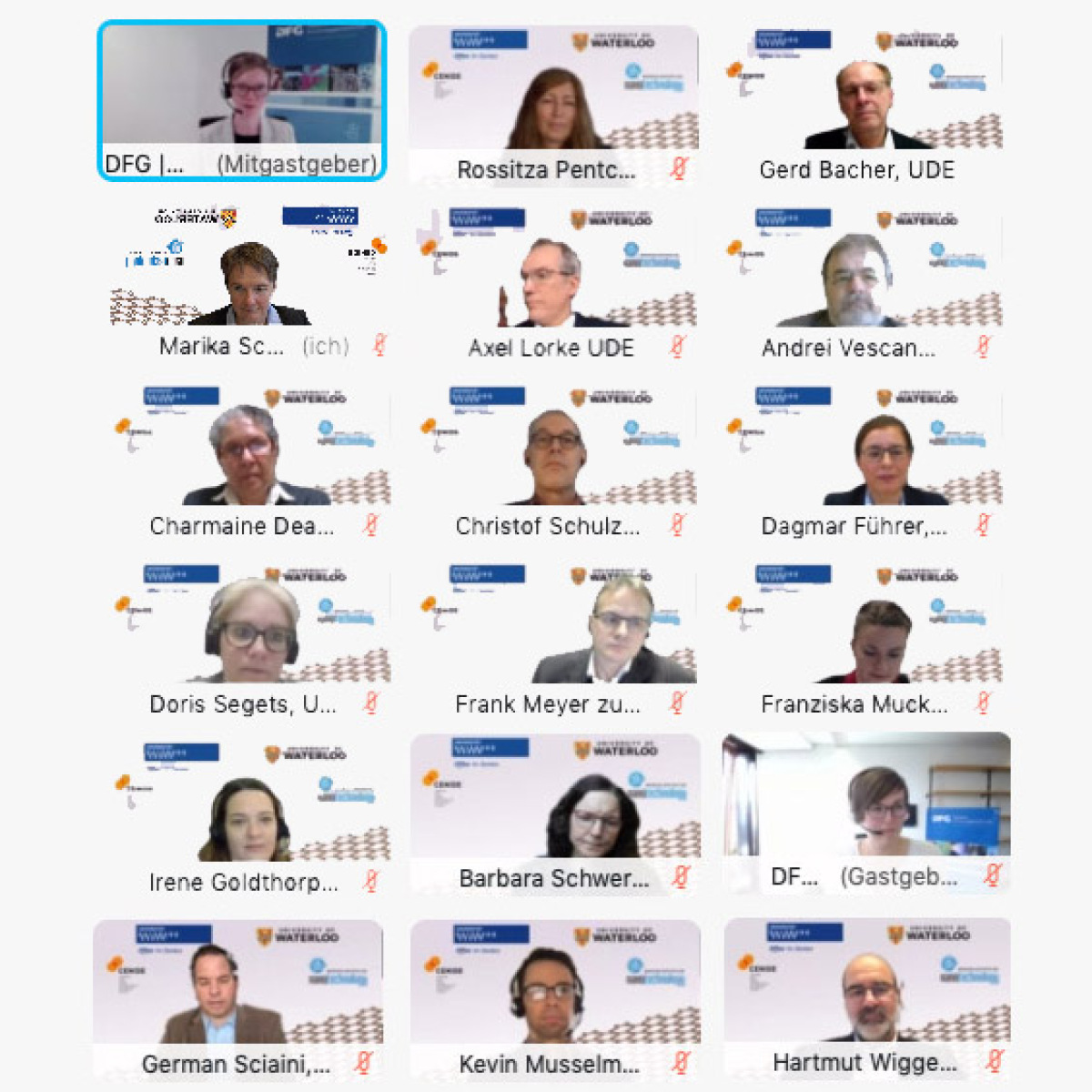
22.02.2022How do you take two-dimensional materials from the lab to the fab?
International graduate college has been peer-reviewed
A German-Canadian consortium of the Universities of Duisburg-Essen and Waterloo wants to address this highly topical issue and thus provide ideal training conditions for young researchers. After intensive preparation, a proposal "Scalable 2D-Materials Architectures (2D-MATURE): Synthesis and Processing, Characterization and Functionality, Implementation and Demonstration" (designated speakers: G. Bacher, M. Pope) was submitted for an International Graduate School in 2021. This month the time had come: A team of 20 German and Canadian scientists, 6 of them from the Faculty of Physics, answered the questions of the DFG review team. Unfortunately, the inspection had to take place online, but was very positive overall. Now the Canadian evaluation is still pending and the final decision at the DFG in May this year. With a bit of luck, the first young scientists will be able to start as early as October - fingers crossed!
17.01.2022Heraeus-Seminar: Mesoscopic Triboelectricity - from Patches to Particles to Planets
It's all about dust and triboelectricity at the current Wilhelm and Else Heraeus Seminar - hosted by Dr. Jonathan Kollmer and Dr. Jens Teiser from our Physics Department and by Dr. Philip Born from DLR Cologne - from January 17-21, 2022.
Dust mobility on planetary objects, either with atmospheres or air-less bodies such as asteroids or the moon, and the formation of planets itselves seem to rely on mechanisms related to triboelectricity.
03.01.2022buddy@school 2022 - Information for students interested in studying Energy Science or Physics
An important decision will soon be made for all those who are graduating from school this year: the decision for or against studying and the choice of a course of study.
The Faculty of Physics at the University of Duisburg-Essen is happy to provide support, information and assistance. We will present the possibilities of studying (Energy Science, Physics and Physics Teaching) in our faculty via video conference on the following dates:
- Tuesday, January 18th 2022, 5 p.m.
- Thursday, February 03rd 2022, 1 p.m.
- Tuesday, February 15th 2022, 5 p.m.
- Wednesday, March 02nd 2022, 5 p.m.
Afterwards, questions can be asked in a relaxed round. Contact persons are at least two students from different study programs and one full-time faculty member. The students are part of our buddy system. Within the Buddy System, we offer all-round advice for future students before and during the introductory phase of their studies. Further information about the Buddy System can be found on the Buddy System homepage (in German) and in the flyer (in German).
If you would like to take advantage of this offer (buddy@school 2022), we ask you for a simple and short registration (at least one week before the desired date) via online form (in German). Of course, the offer is also available to those who will only graduate from school in the coming years, but would like to find out more today.
We are looking forward to meeting you!


